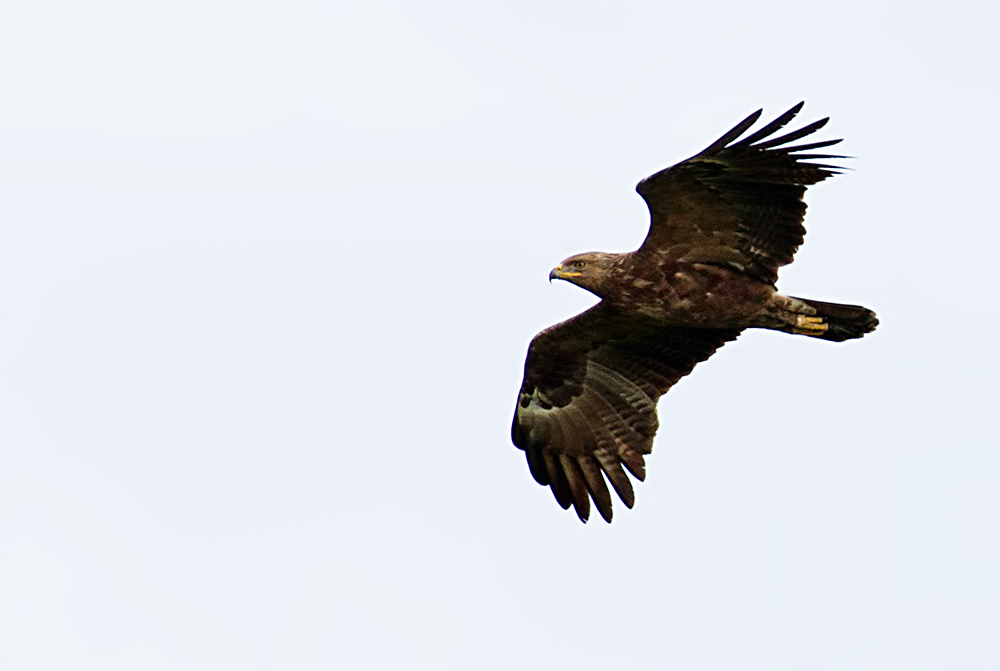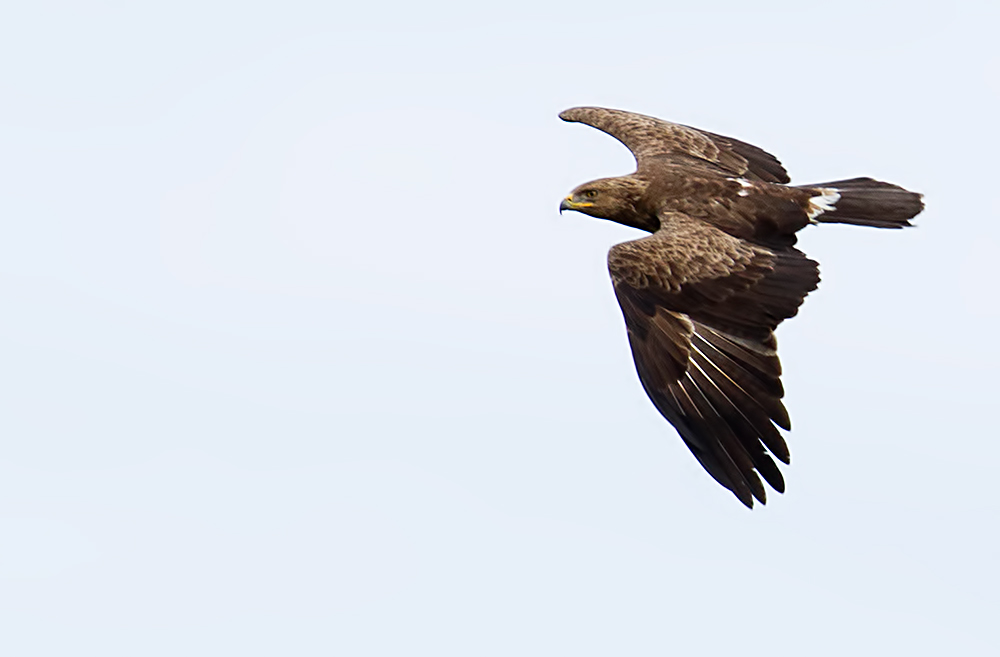May 2017
27th. Male little bittern singing distantly from the east end of Ham Wall. It's being advertised on the RSPB blackboard, so I guess it's OK to report it here.
17th-24th. Tuscany in lovely sunshine. Monterchi looked splendid.
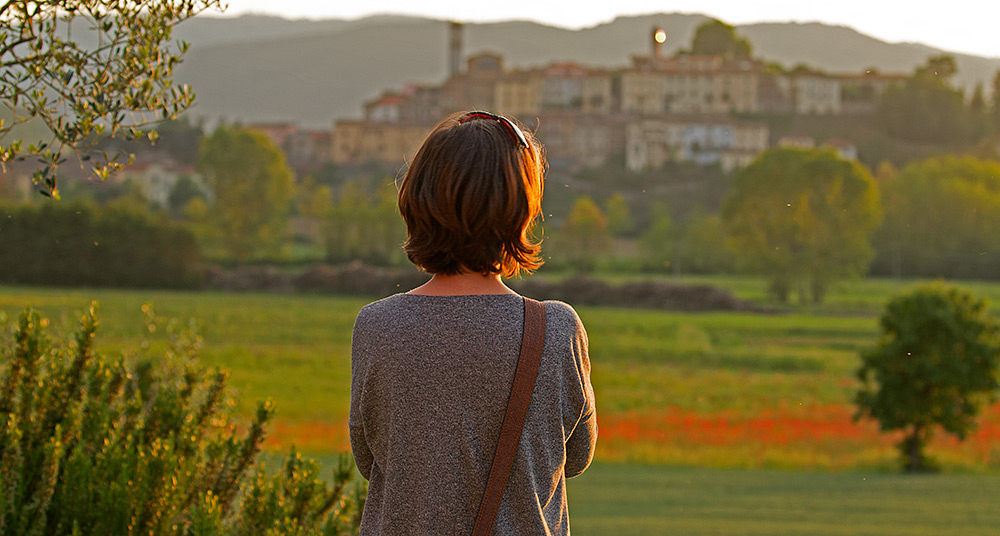
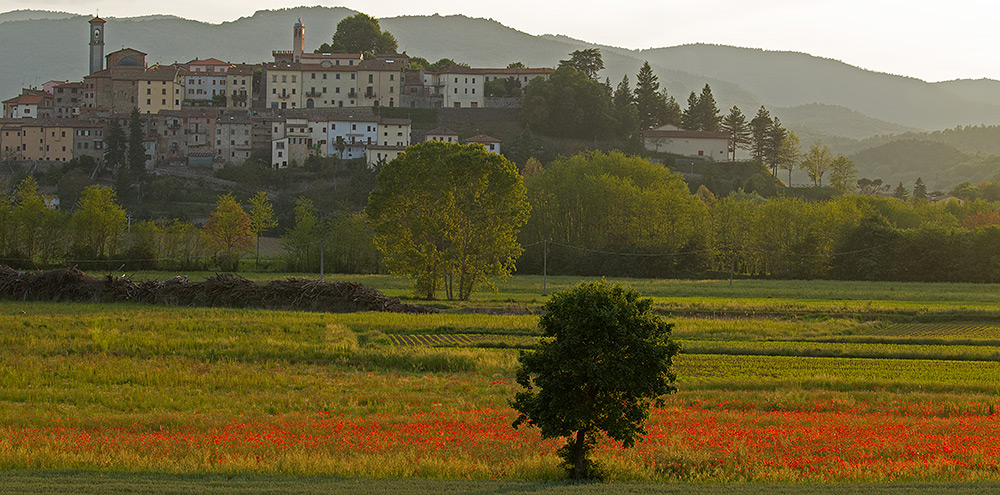
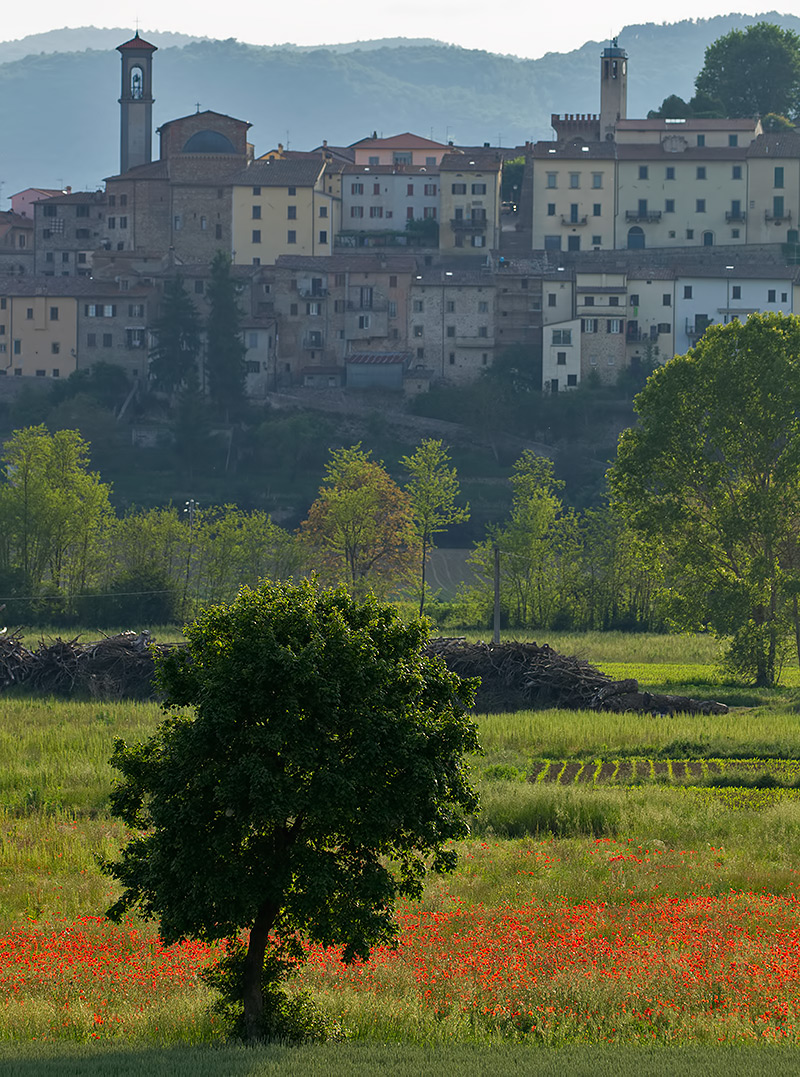
We spent a night in Siena, and I've never seen so many swifts.
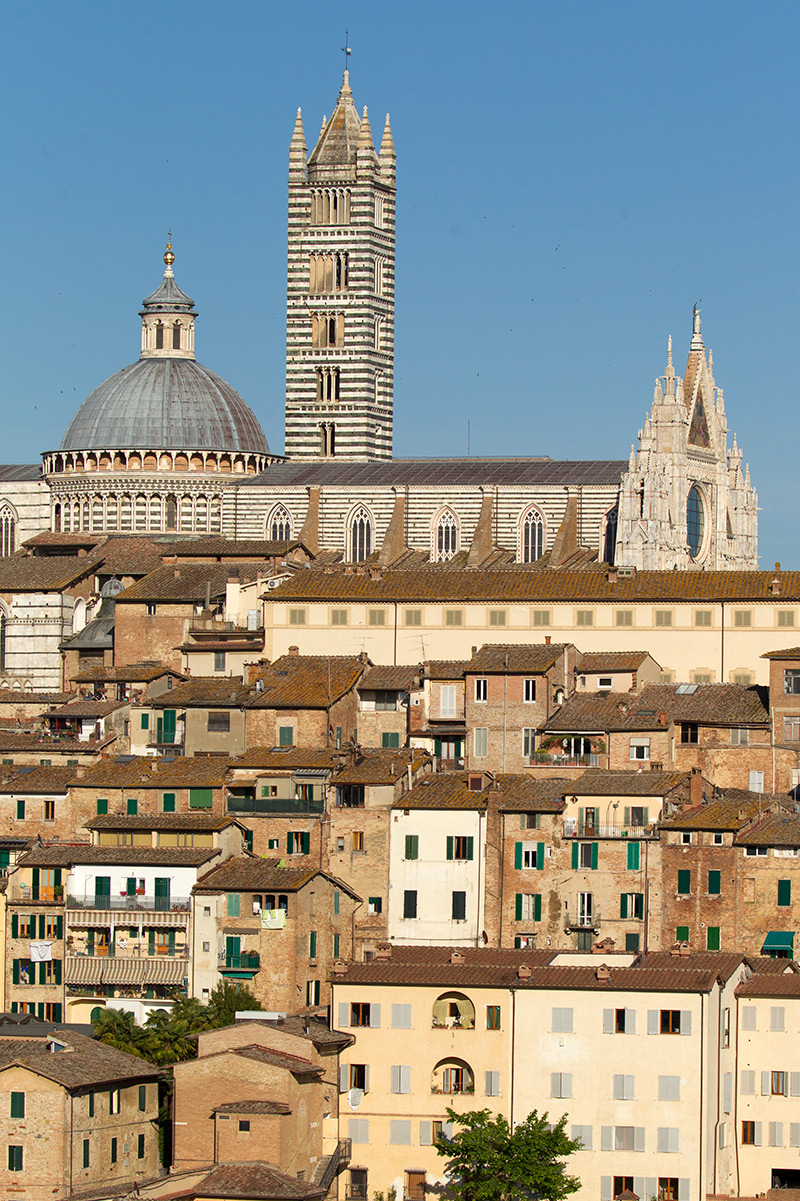
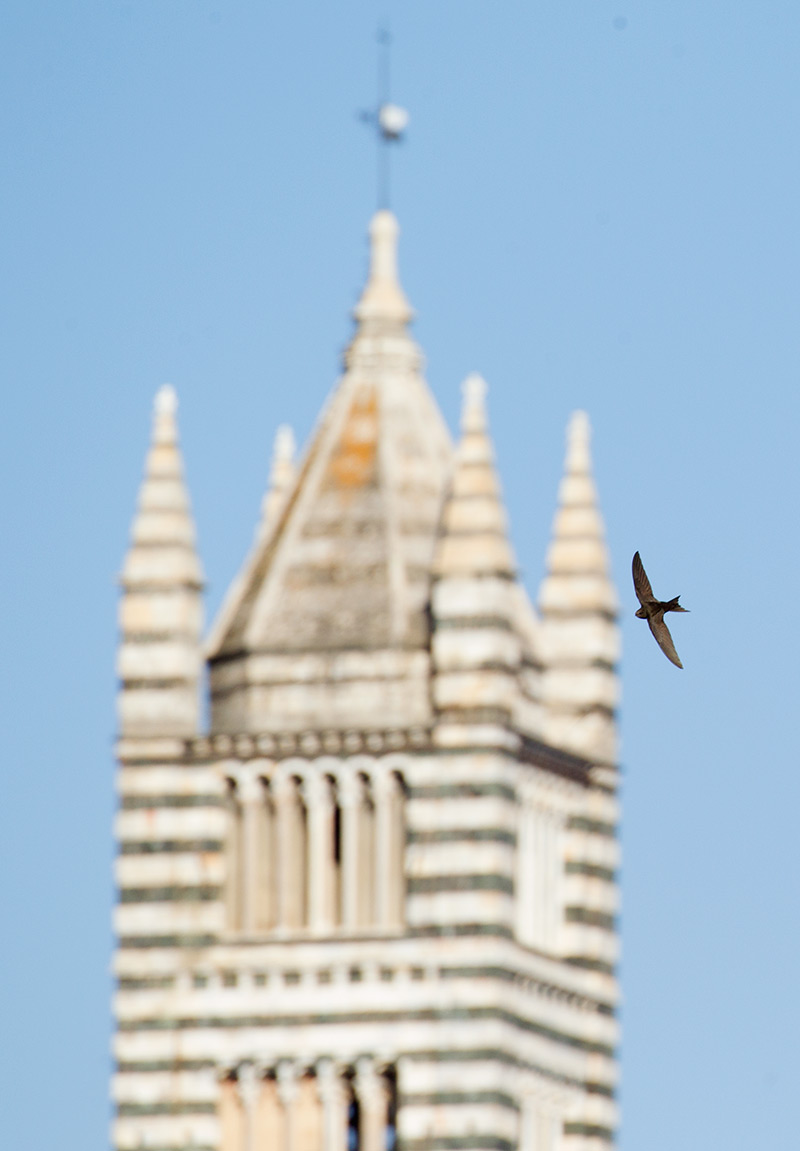
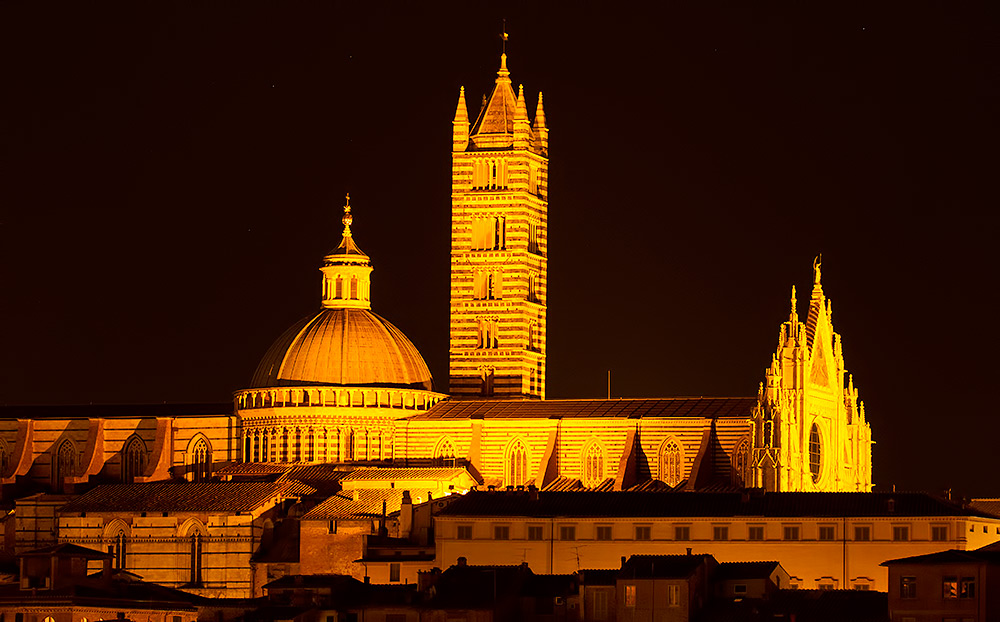
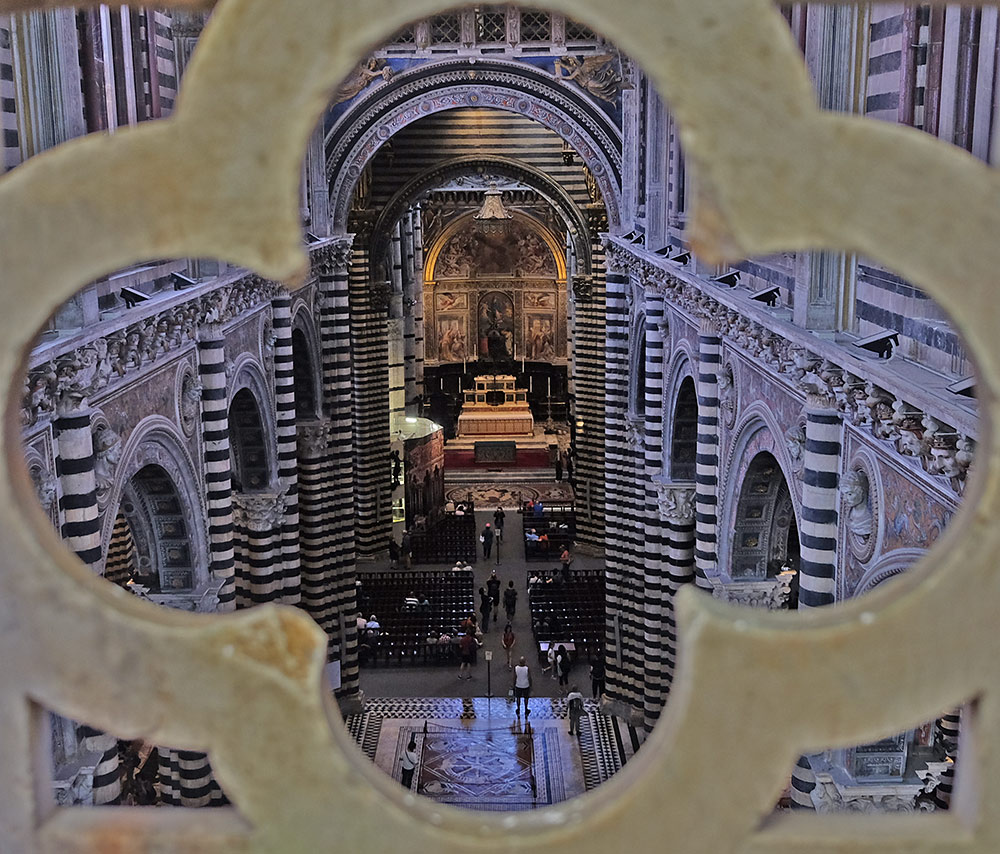
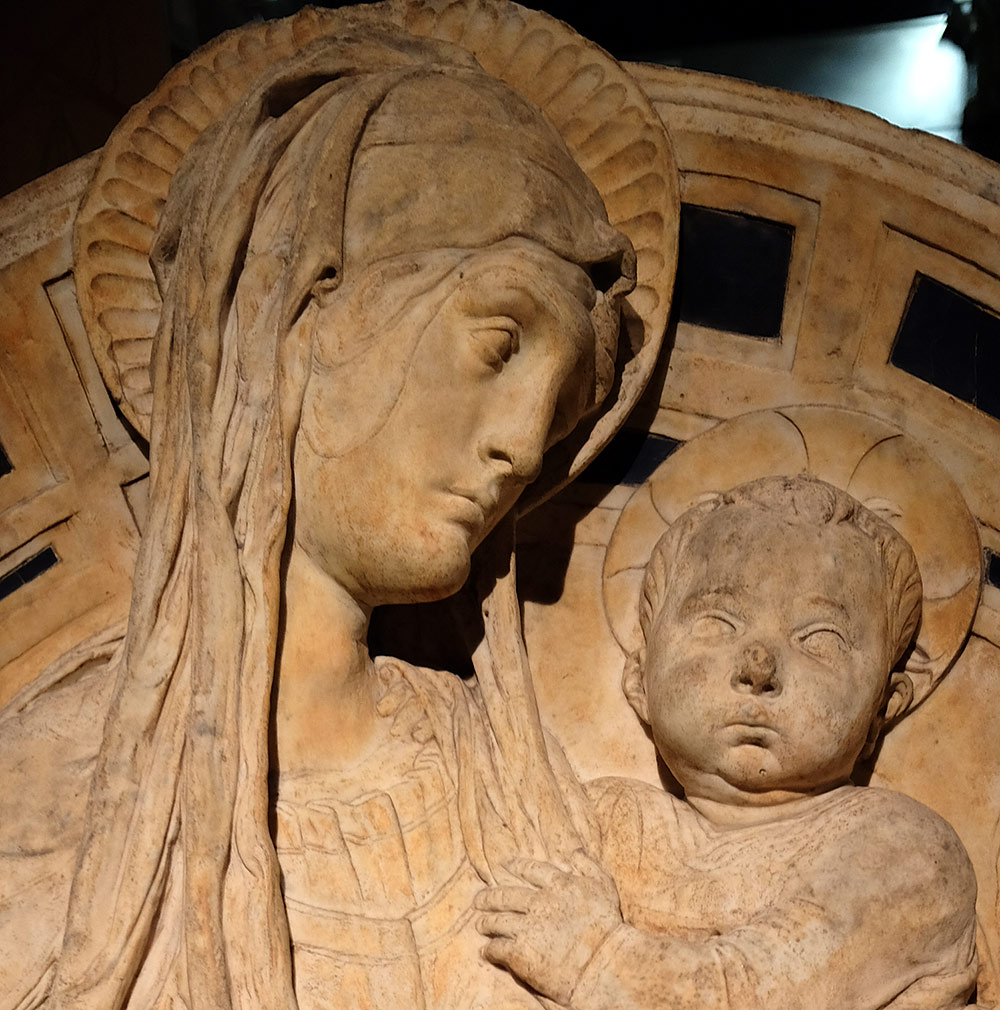
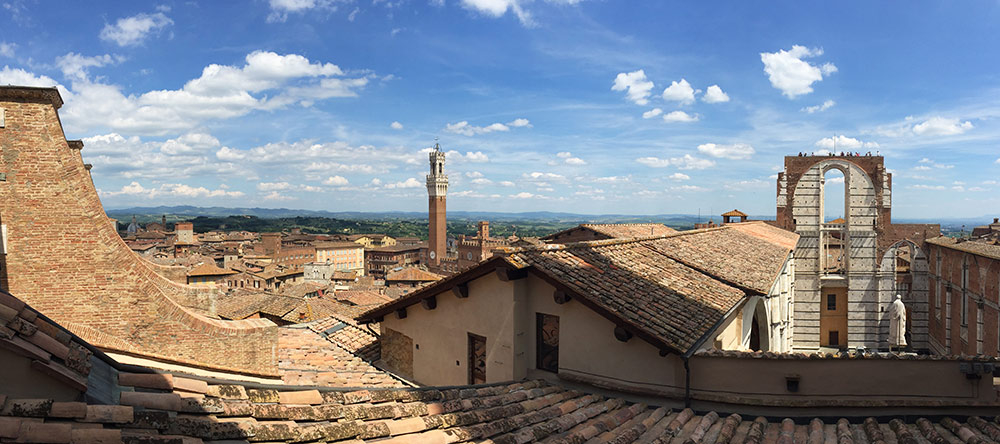
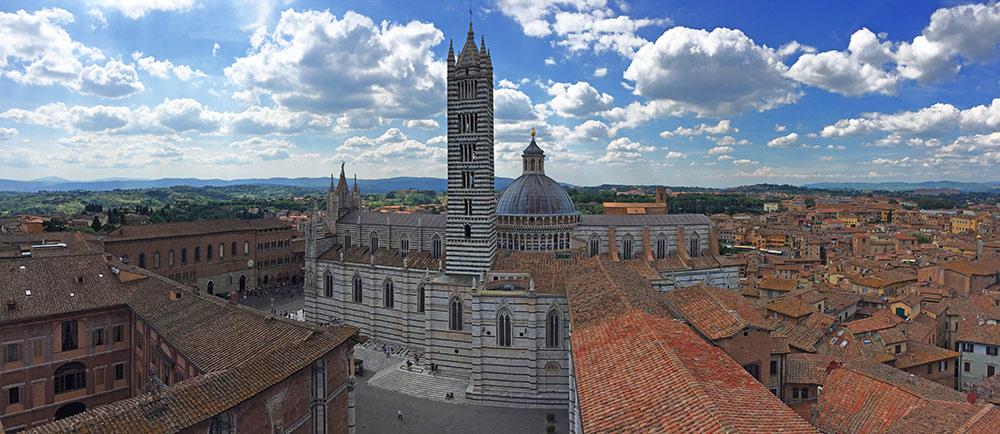
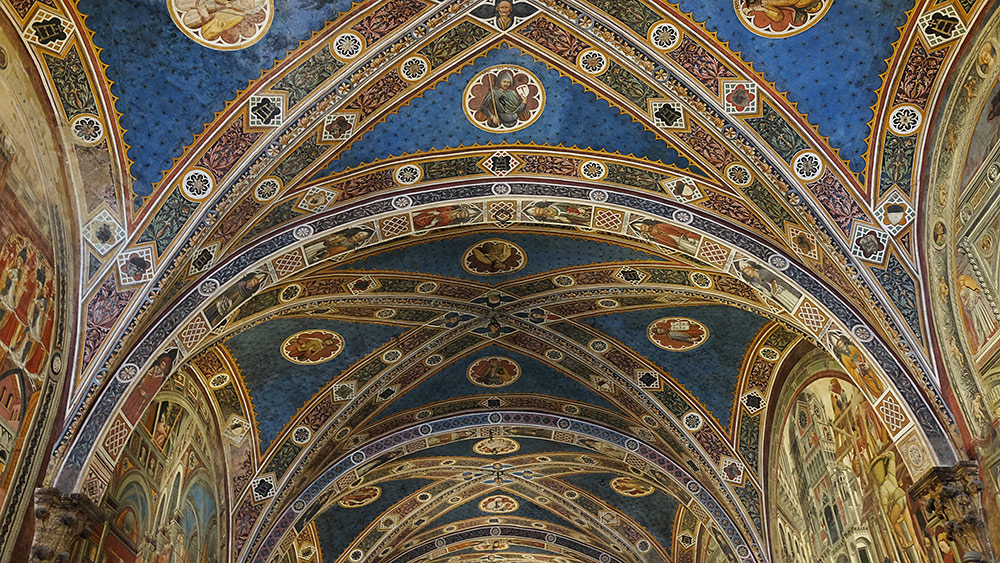


Wildlife around Lucie's house - tracks of wild boar showing the characteristic dew claws, and a wall lizard, probably common.
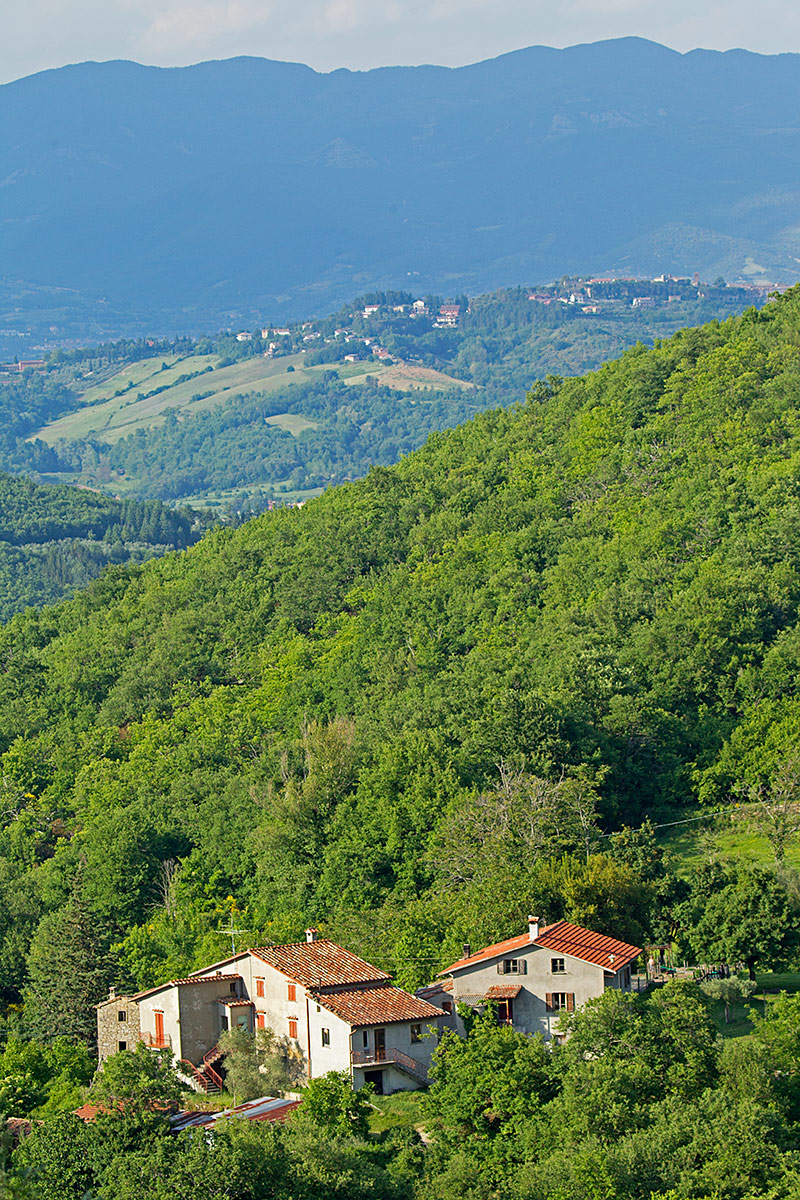
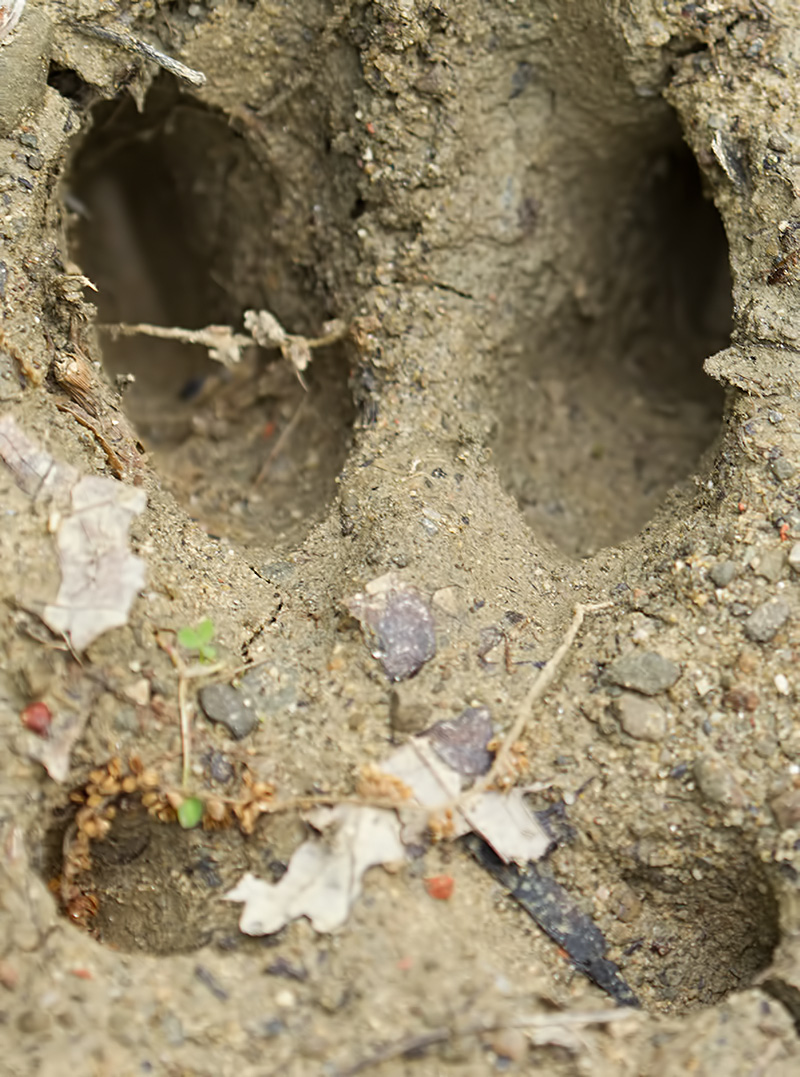
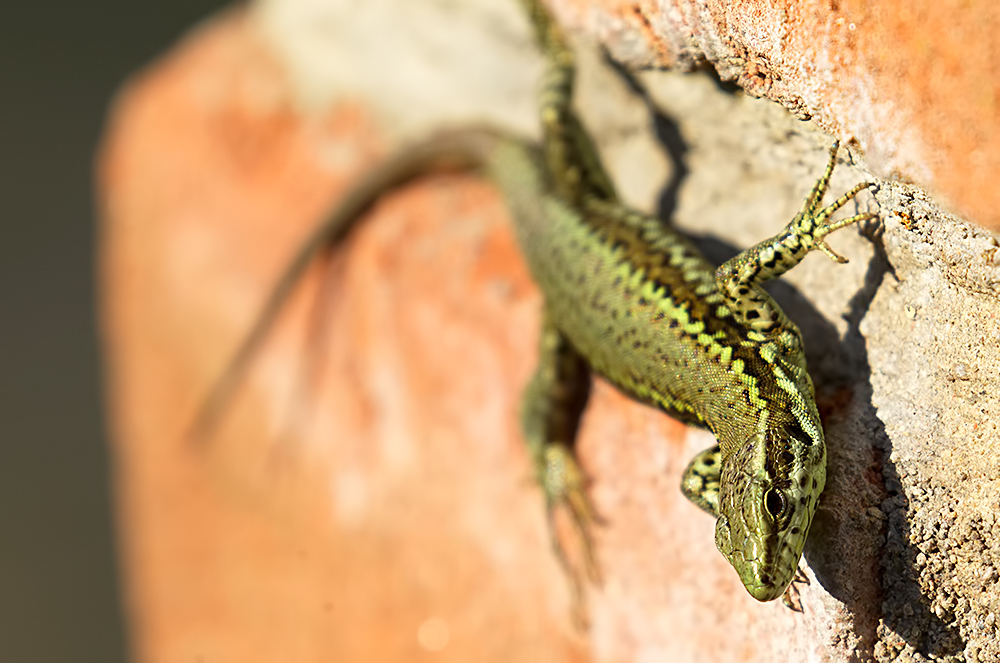
Birds included a significant passage of honey buzzards.
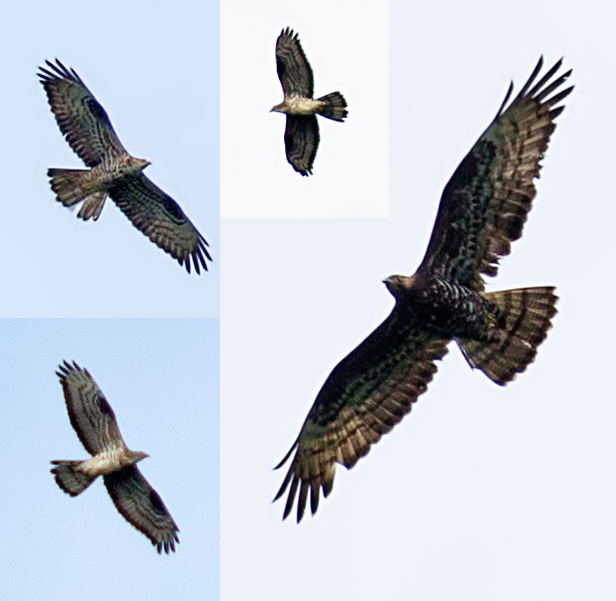
A SHORT-TOED EAGLE flew down the valley regularly, here carrying a snake, maybe back to a nest site. A male Montagu's harrier was also in the area.
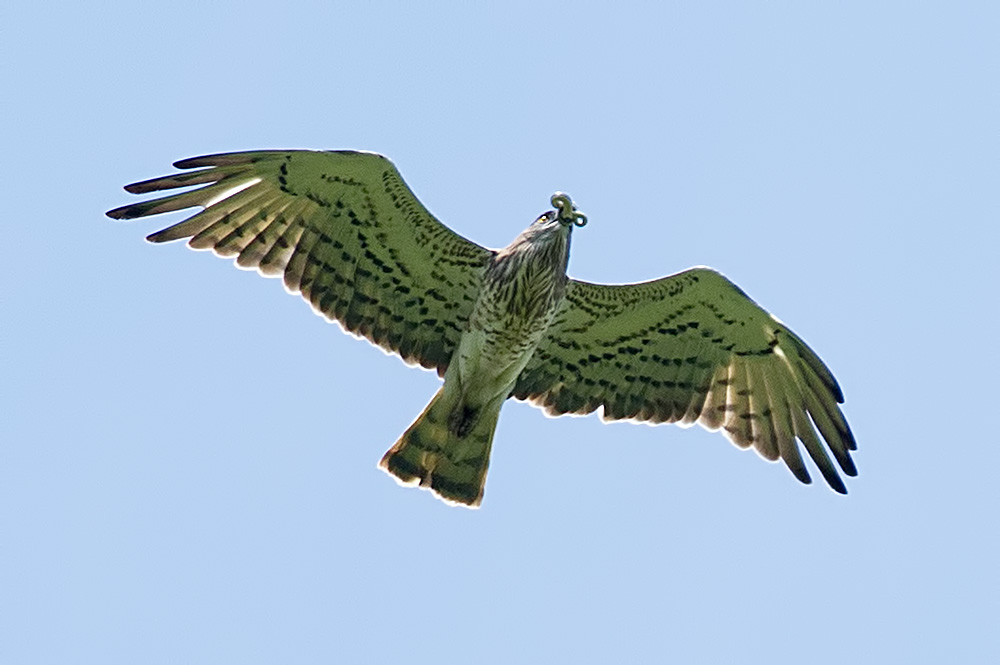
Other birds included a singing male MOLTONI'S WARBLER and serins. I heard a nightjar singing on the night I arrived.
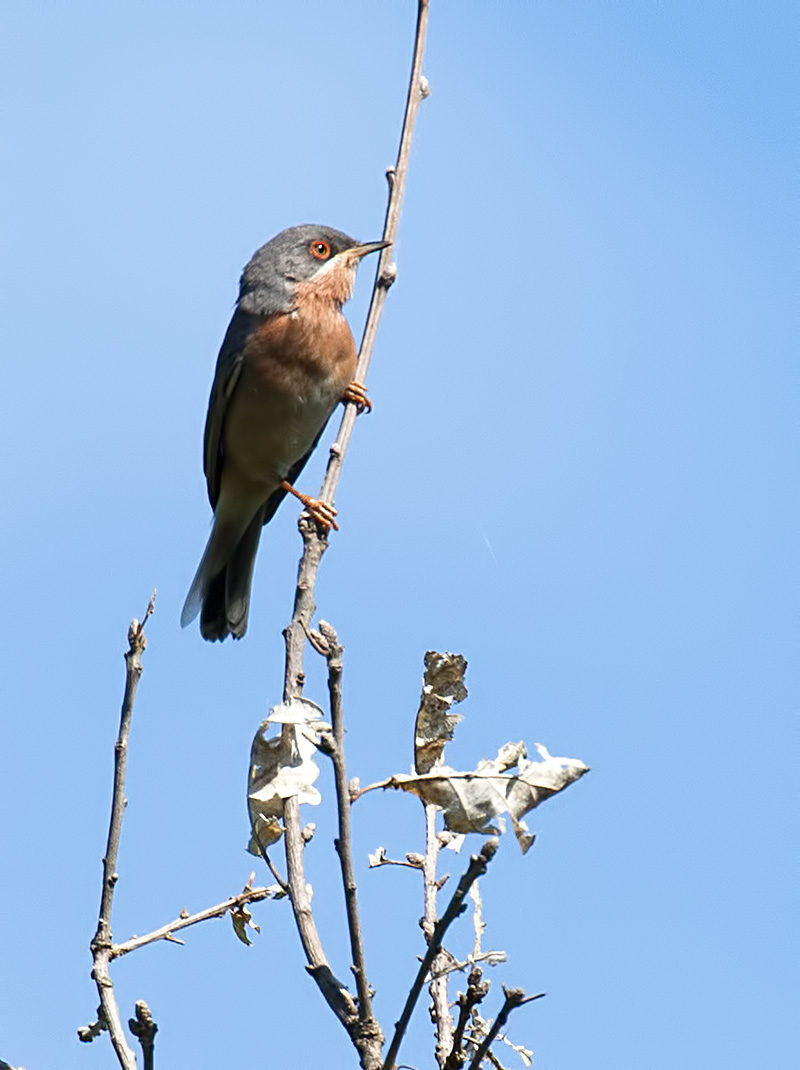
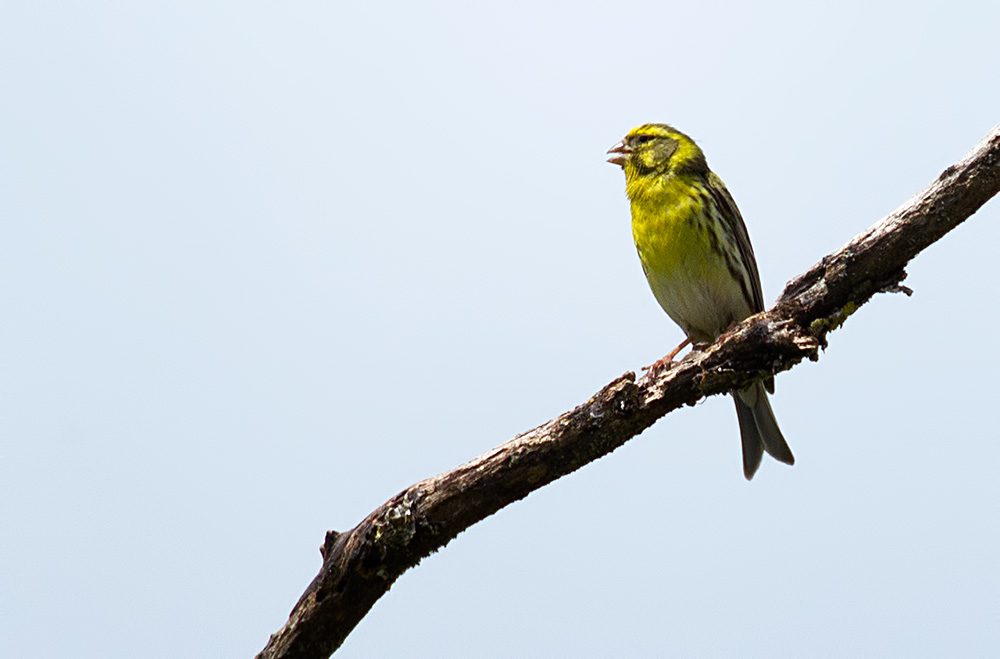
Insects included violet carpenter bee, owl flies in abundance, and mating bee-flies joined together, even in flight.
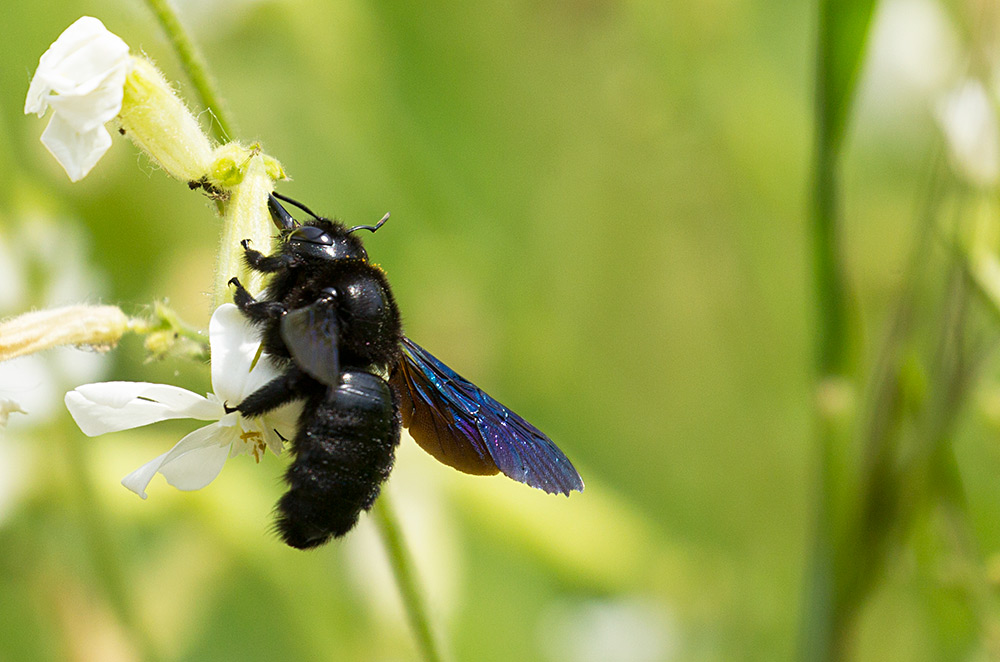
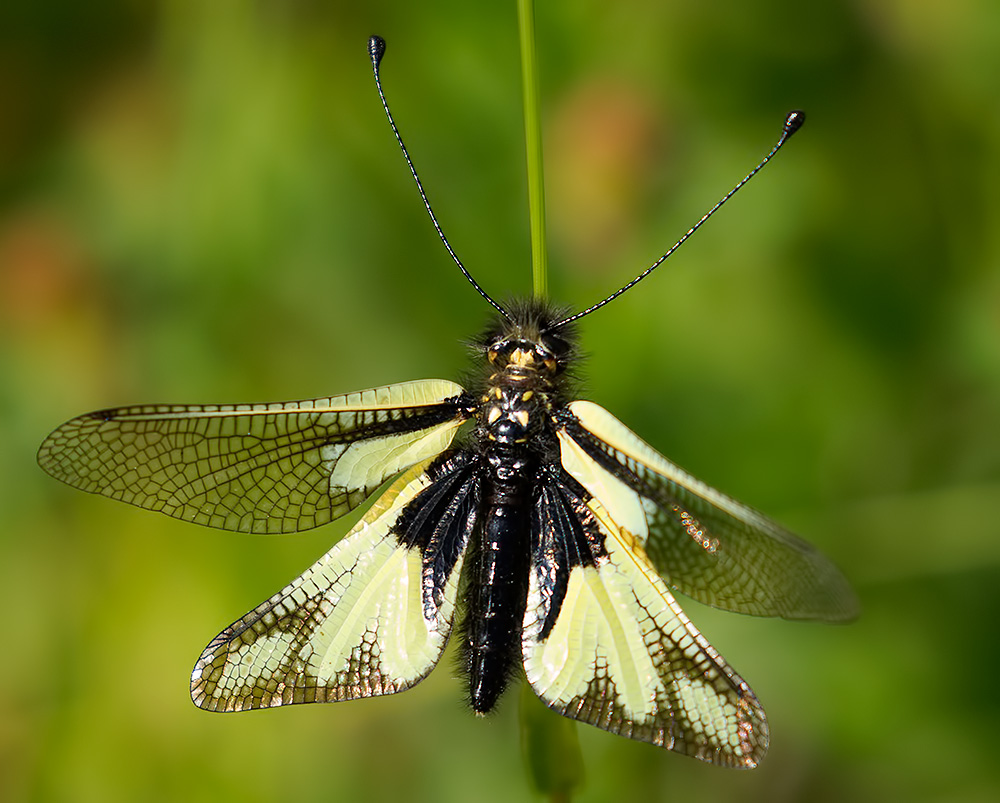
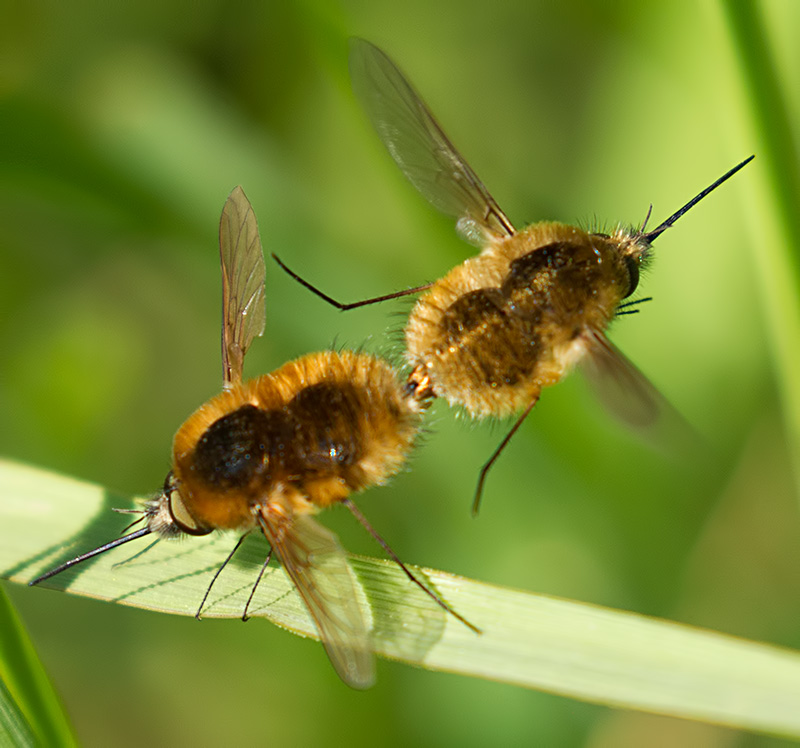
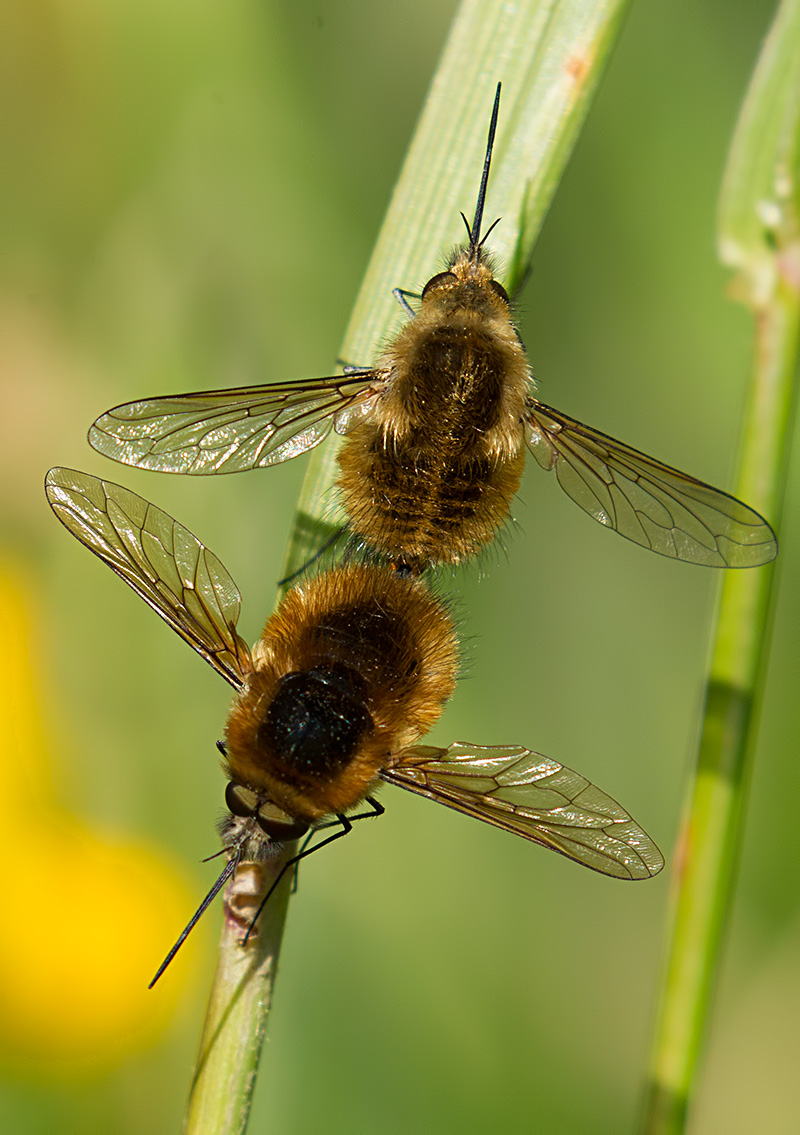
Butterflies: ones not photographed here included holly blue, brown argus, a few wood whites, speckled wood, small, large, dingy, grizzled and probably Essex skippers, scarce swallowtail.
Adonis blue
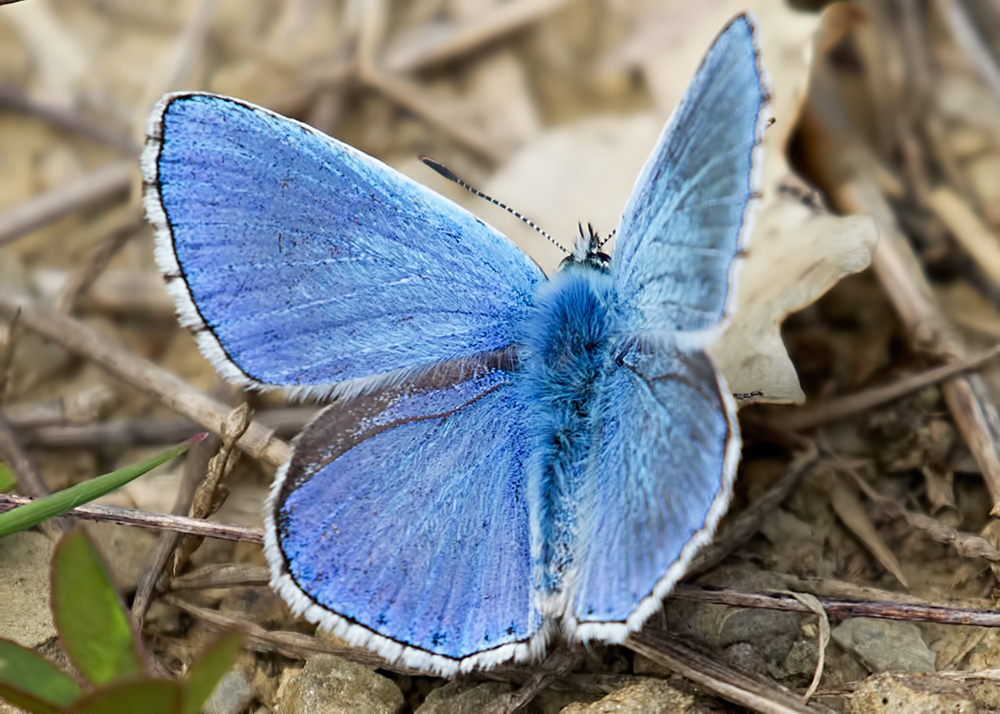
Common blue
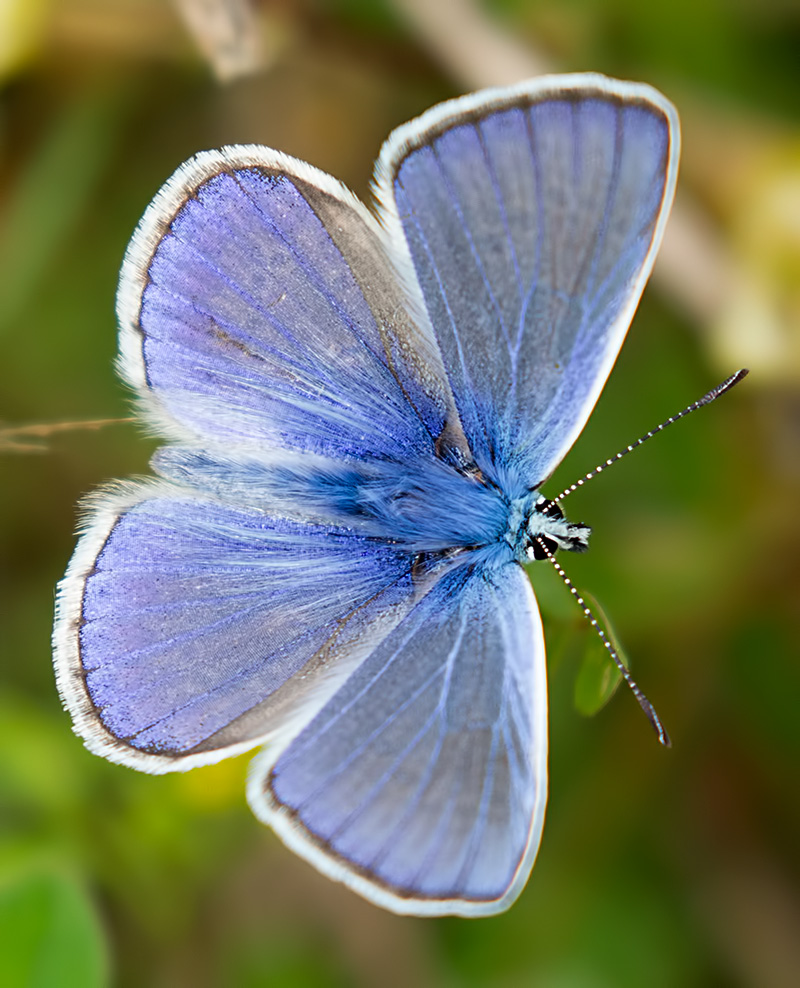
Little blue
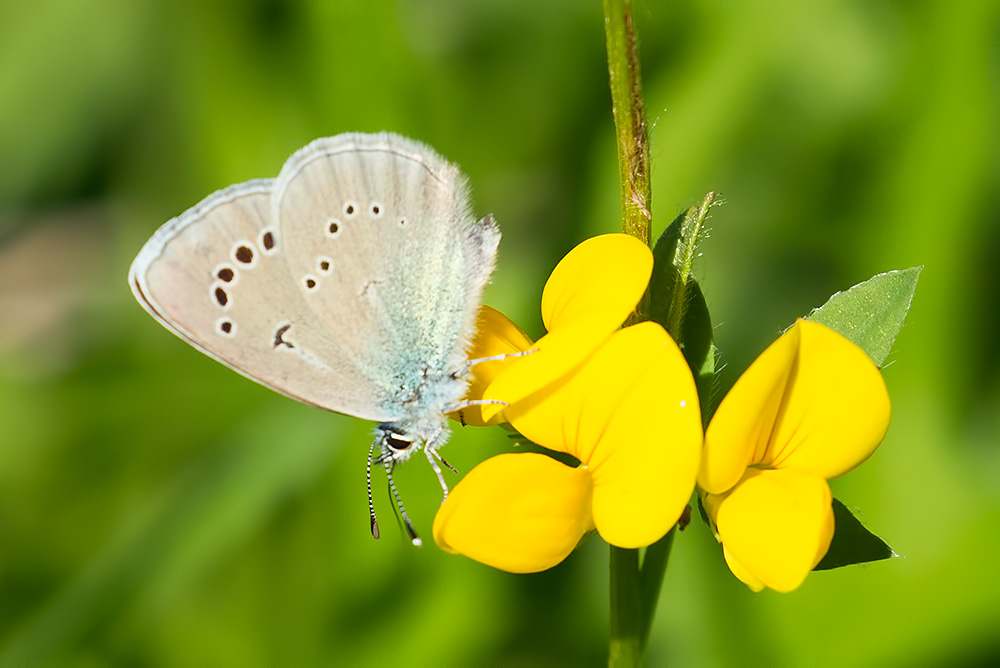
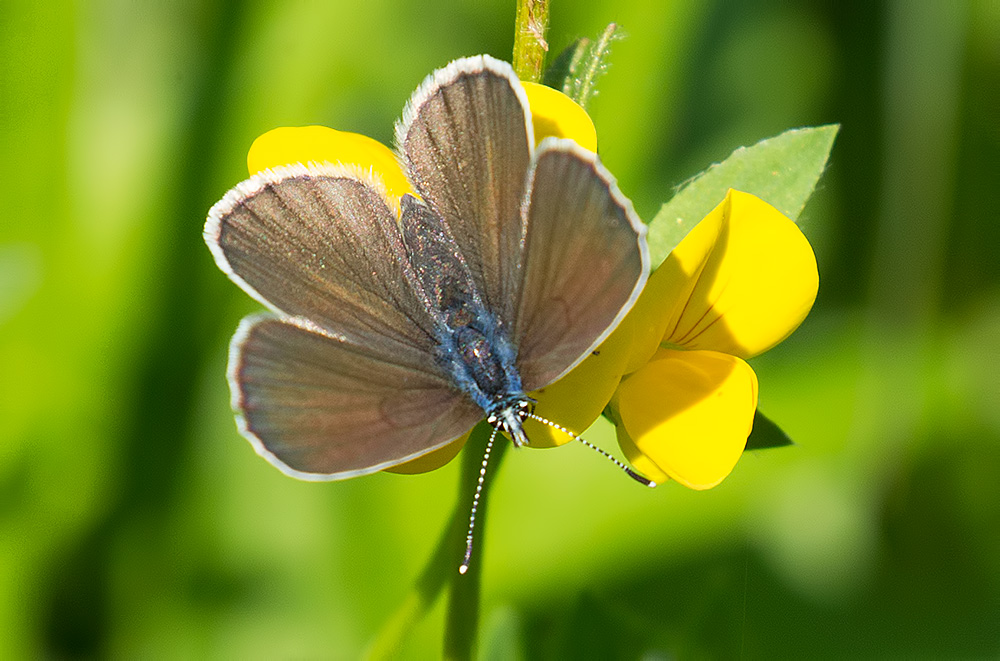
Provencal short-tailed blue
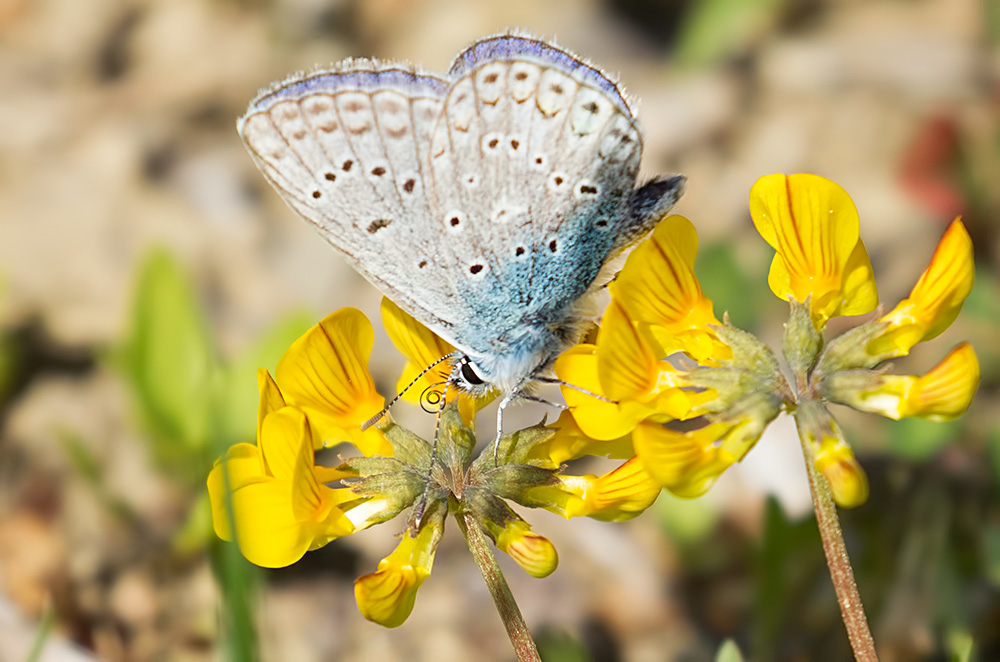
Spotted, Glanville and heath fritillaries
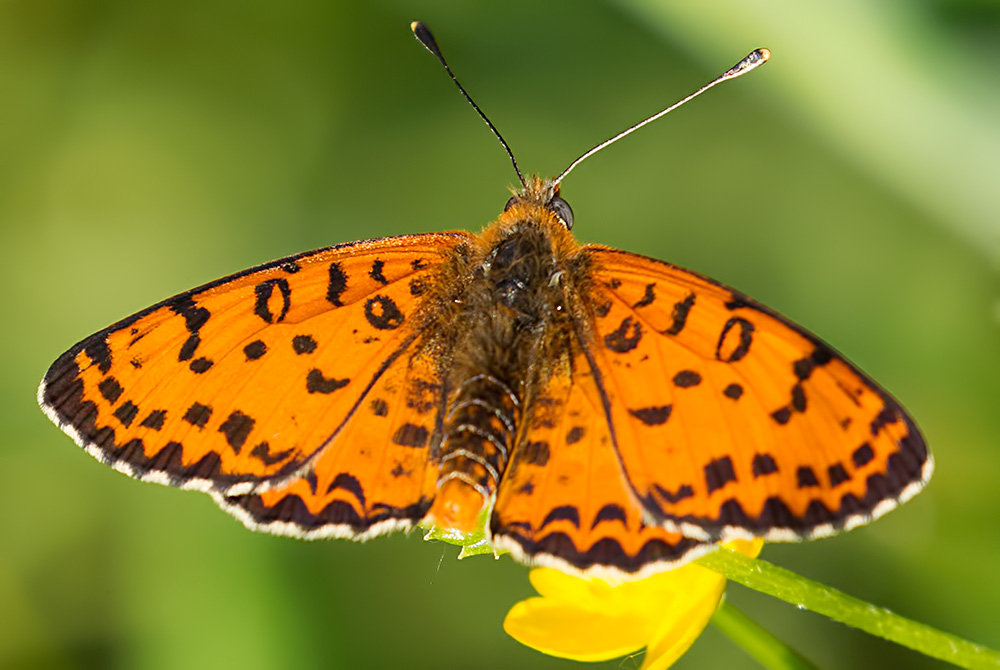
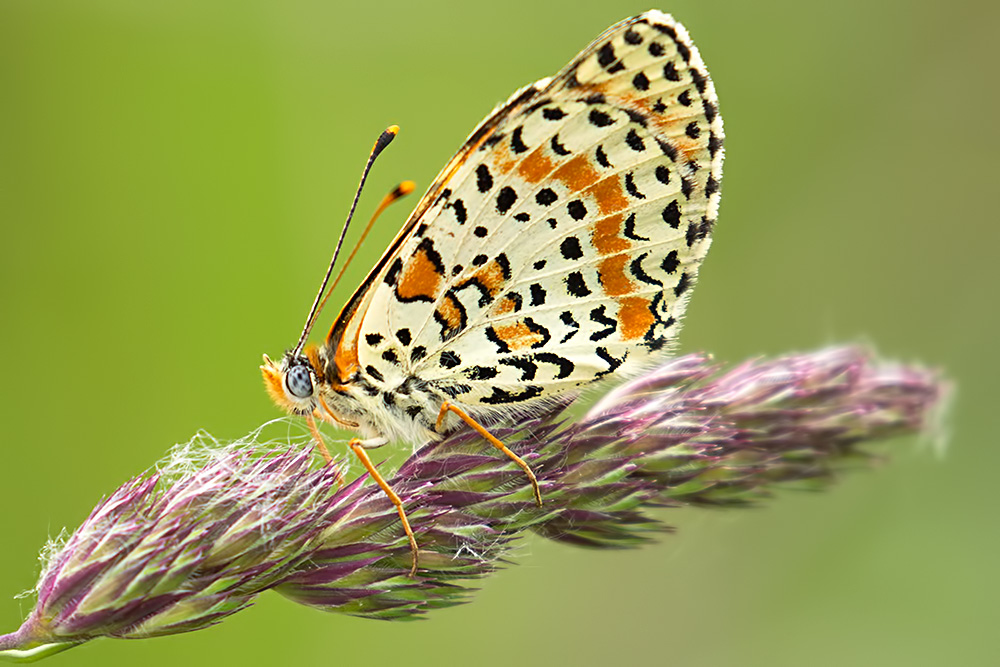
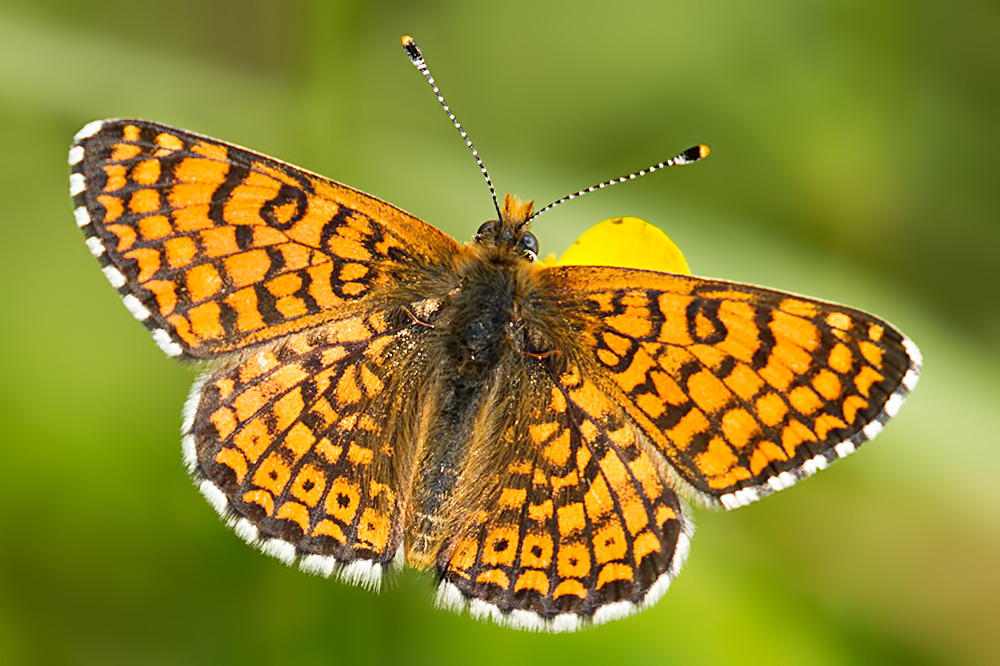
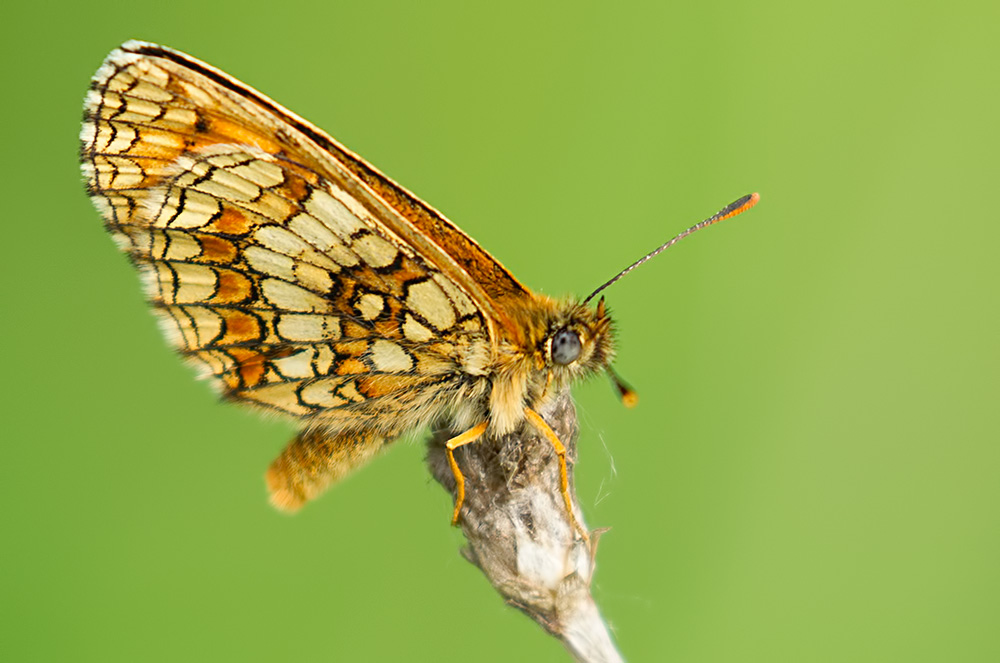
Large wall brown
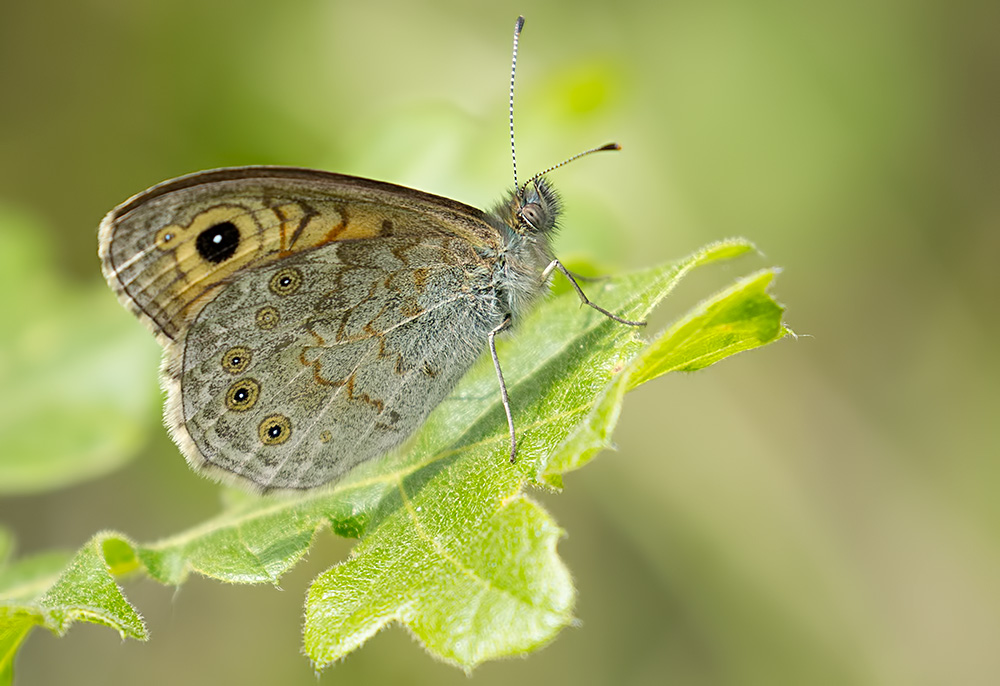
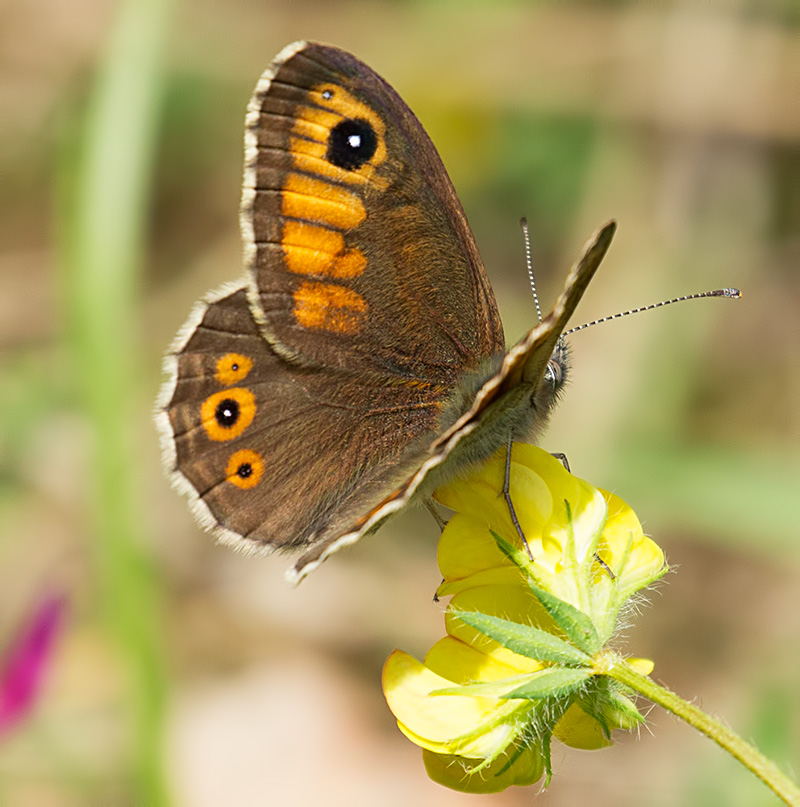
Wall brown
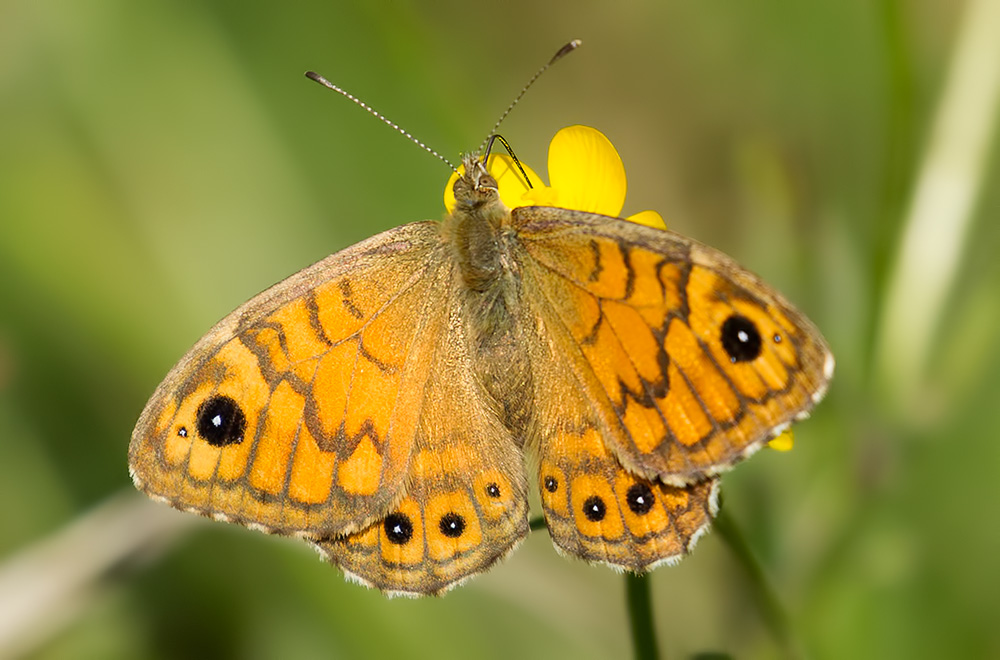
Presumed Berger's clouded yellow
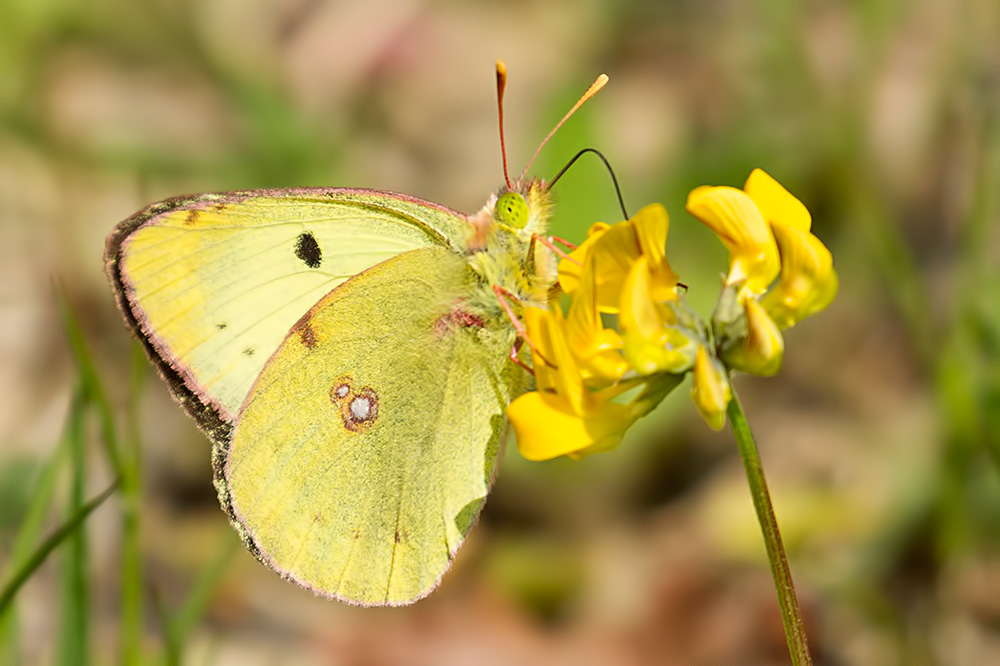
Southern white admiral
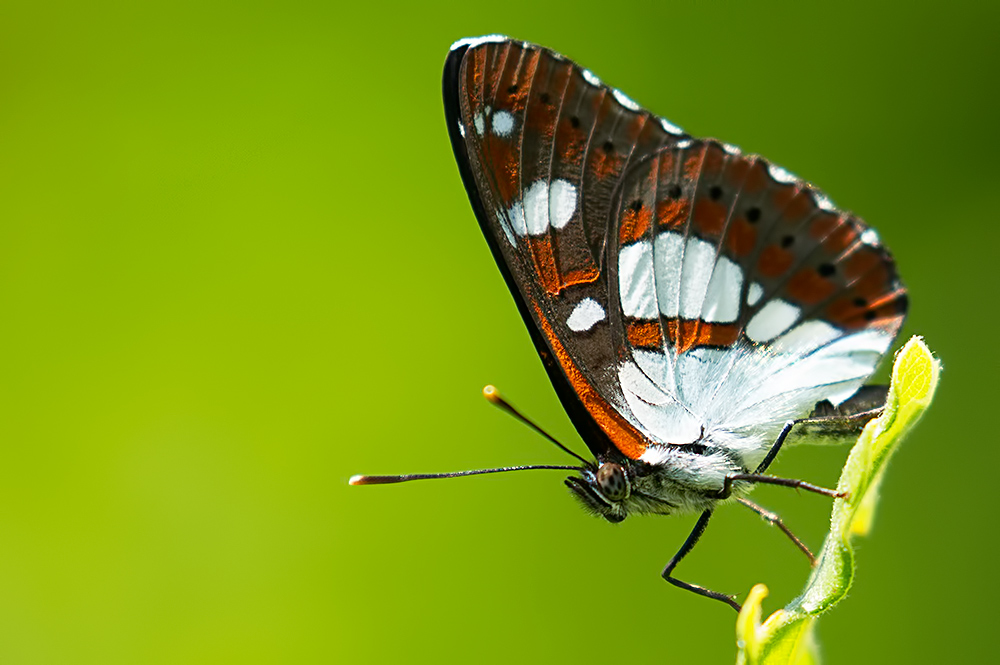
There were 6-spot, 5-spot and Thryrrhenean burnets present- latter two below.
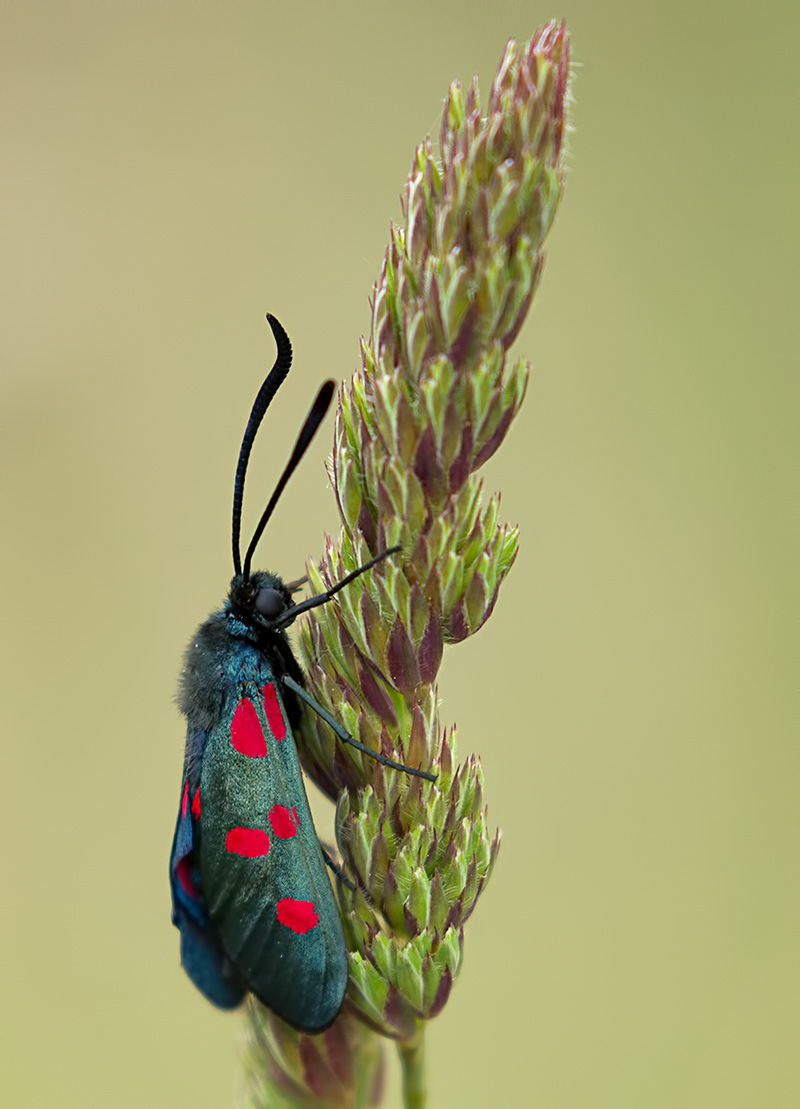
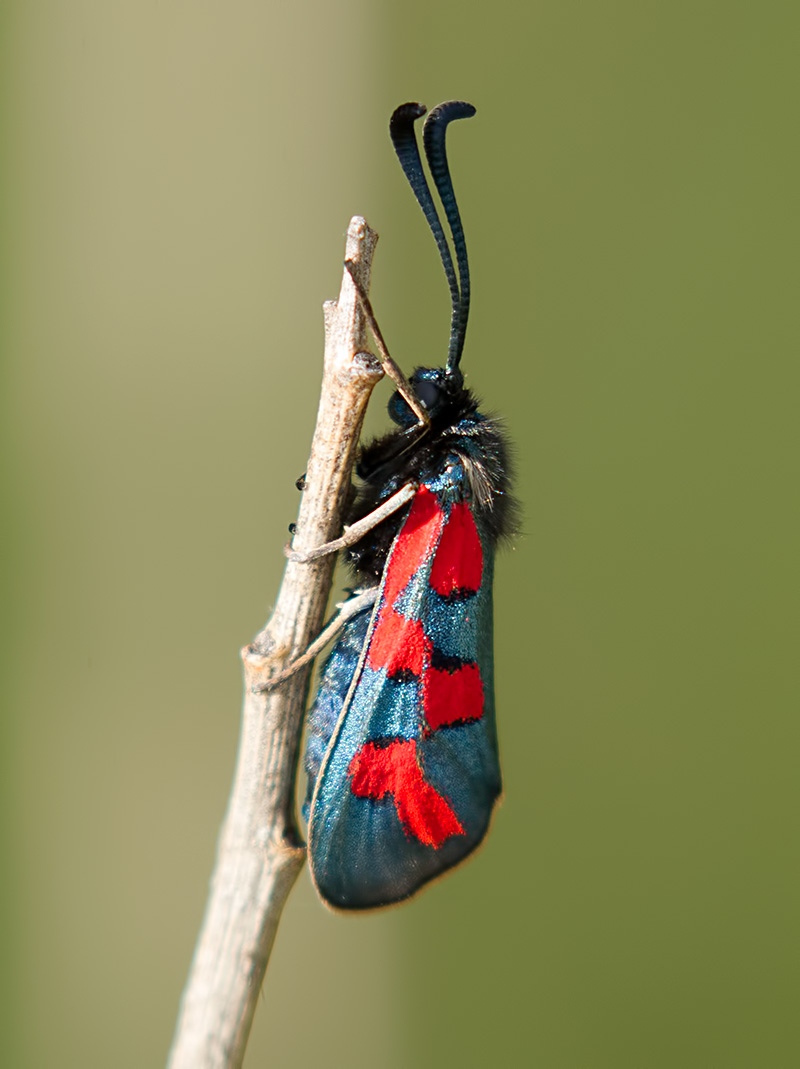
Broad-bordered bee hawk moth
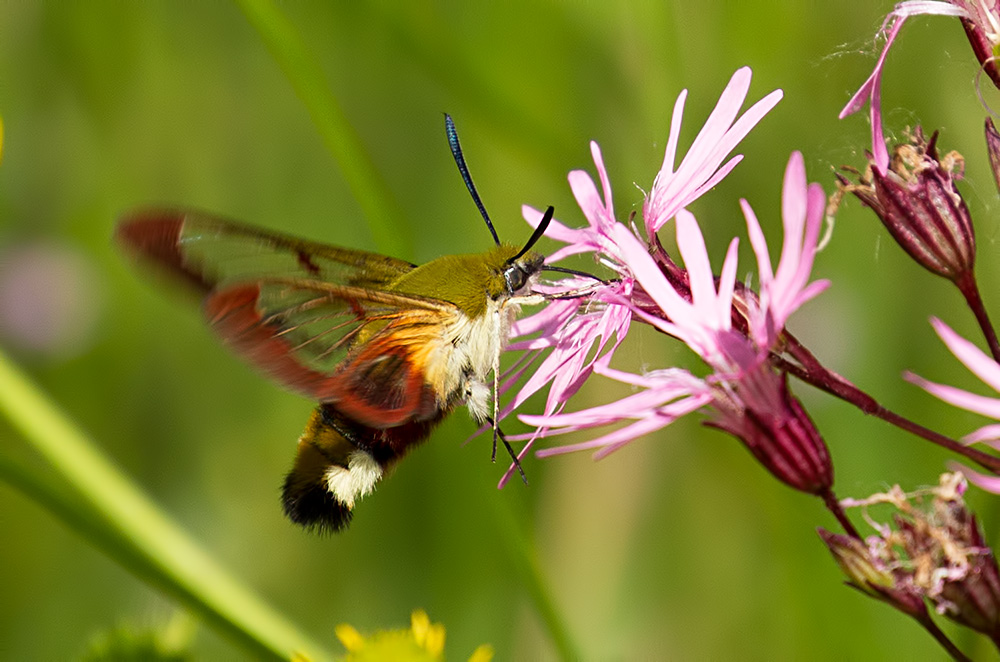
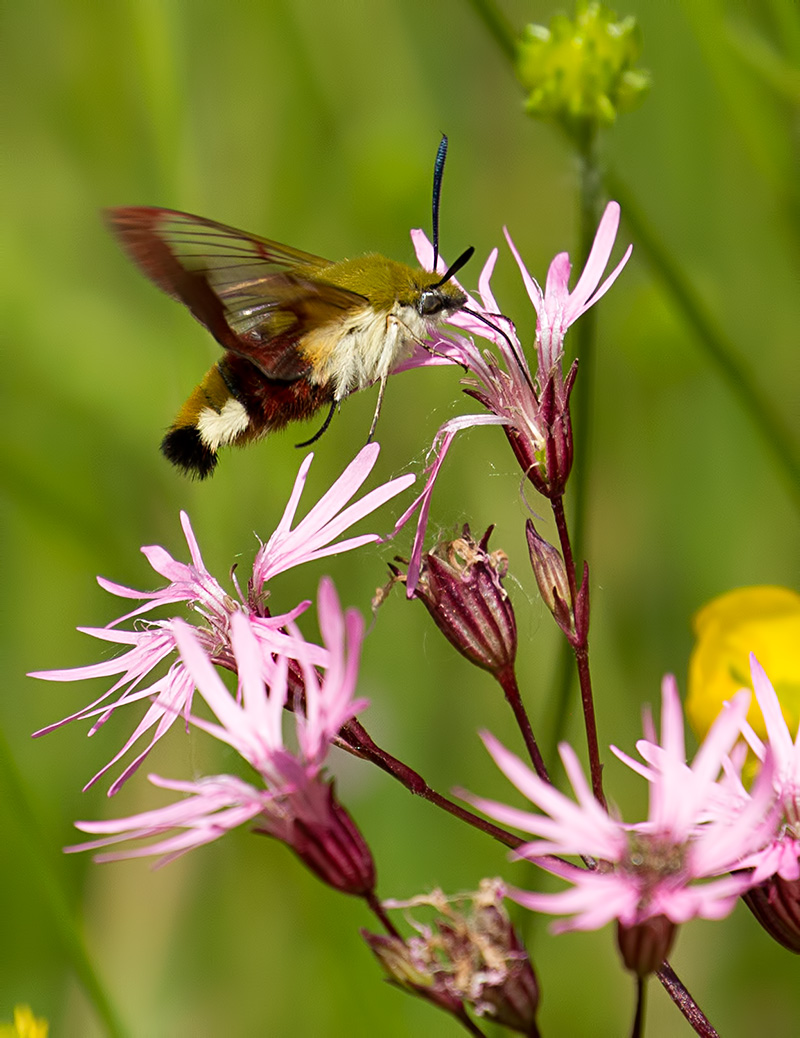
Greater butterfly orchid
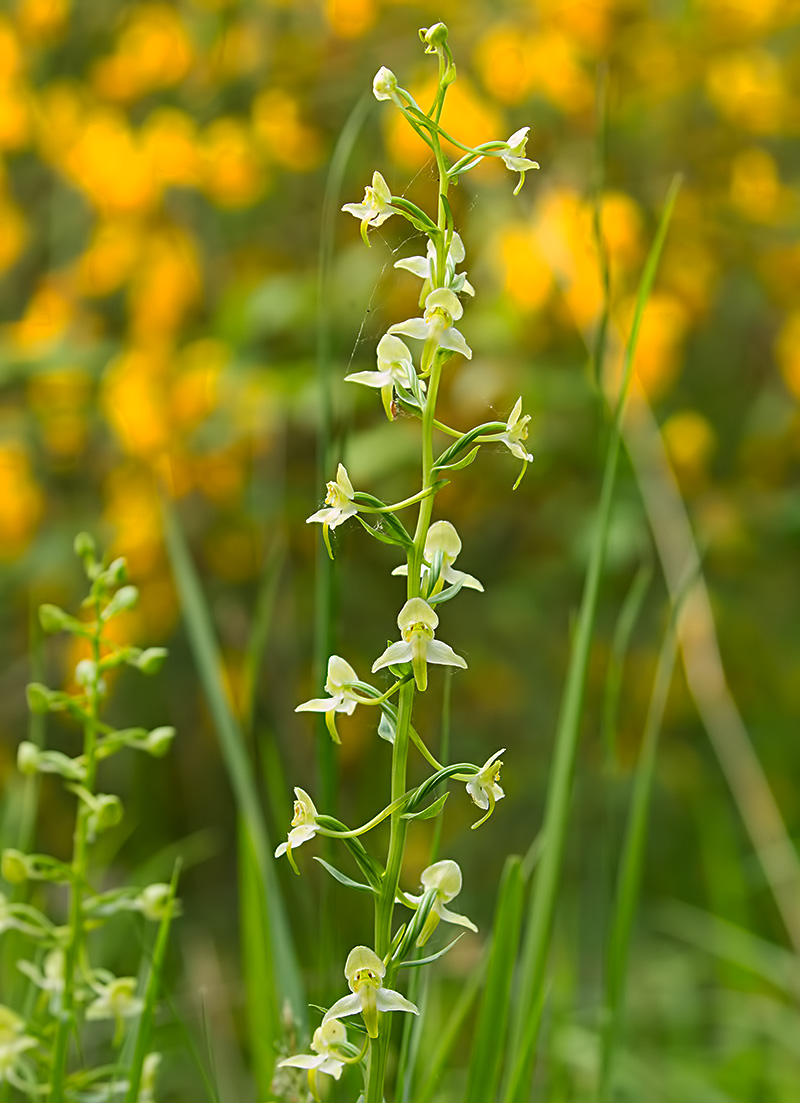
Common spotted orchid
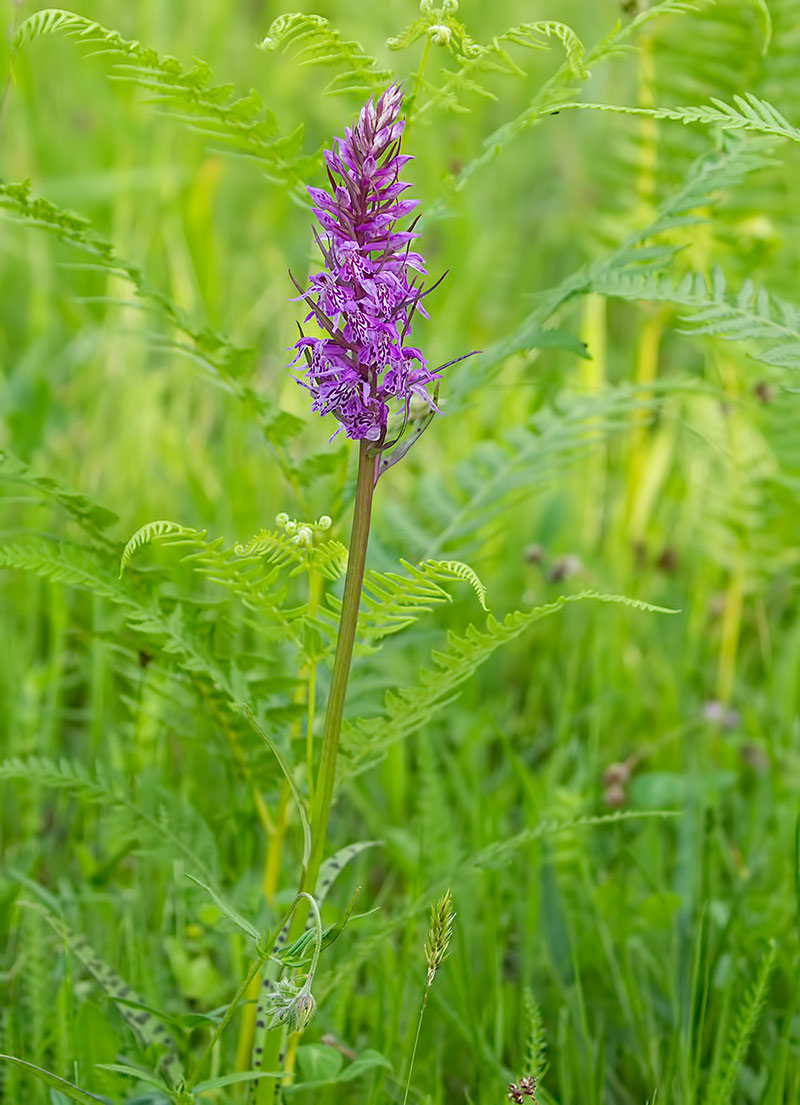
Bee orchid, including white form
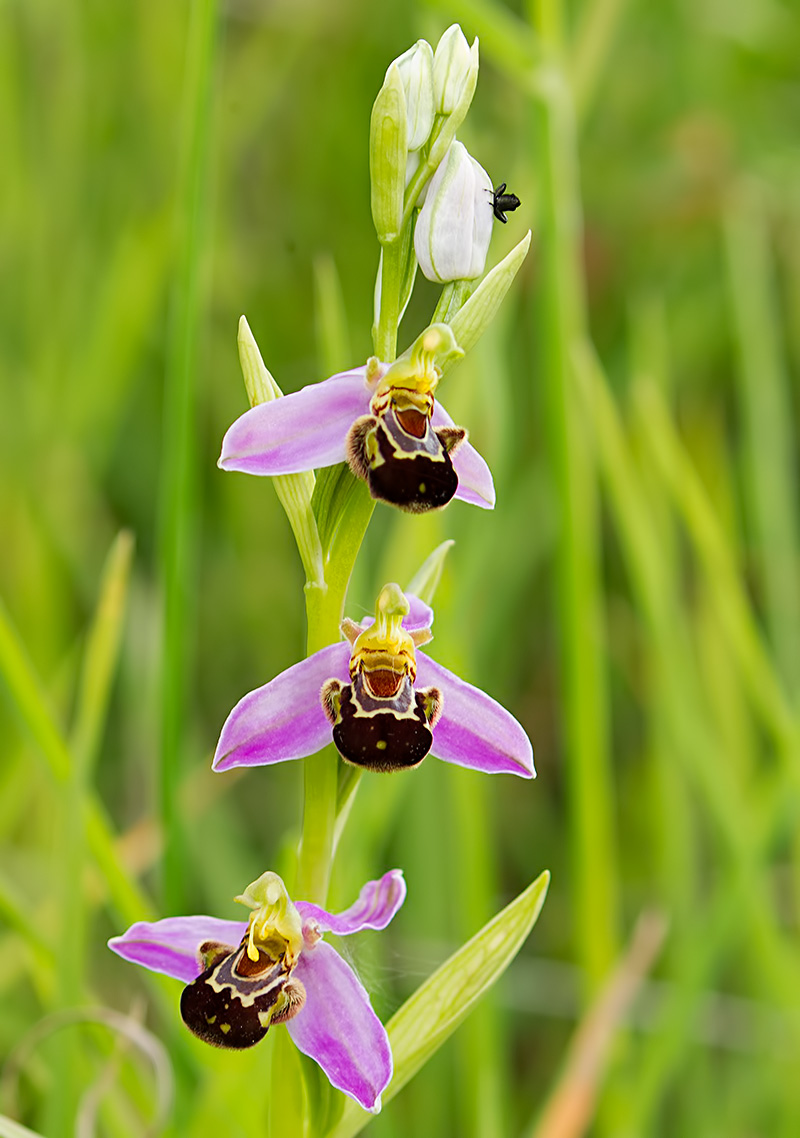
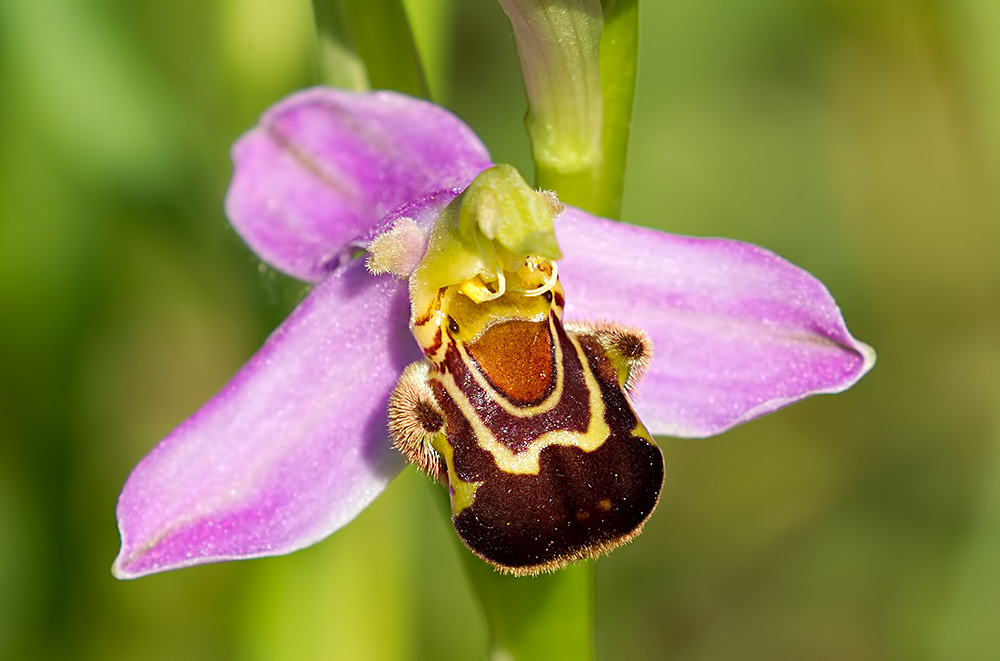
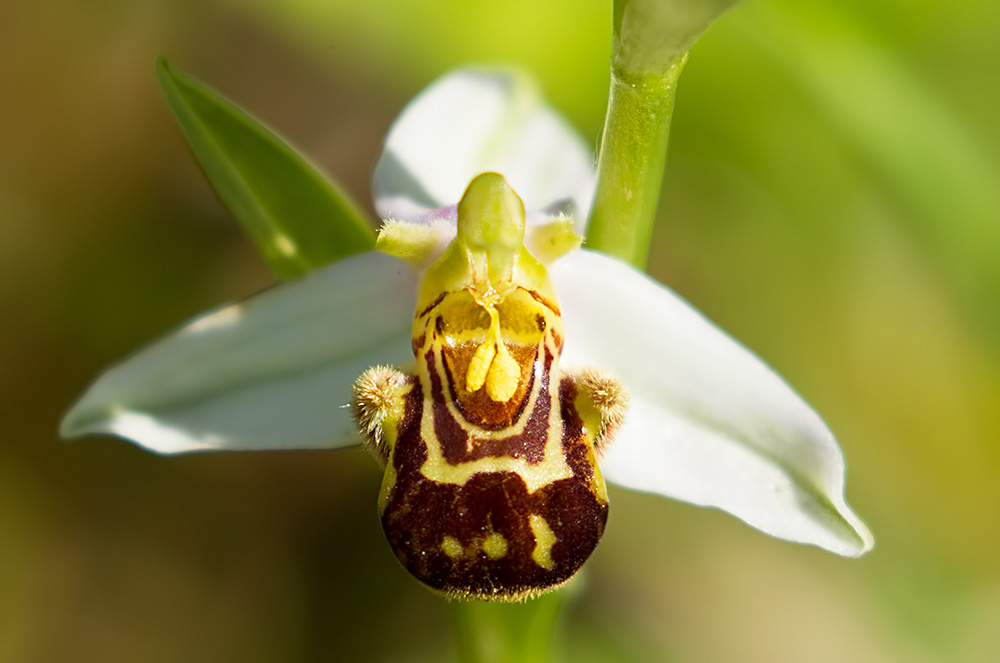
Field gladiolus
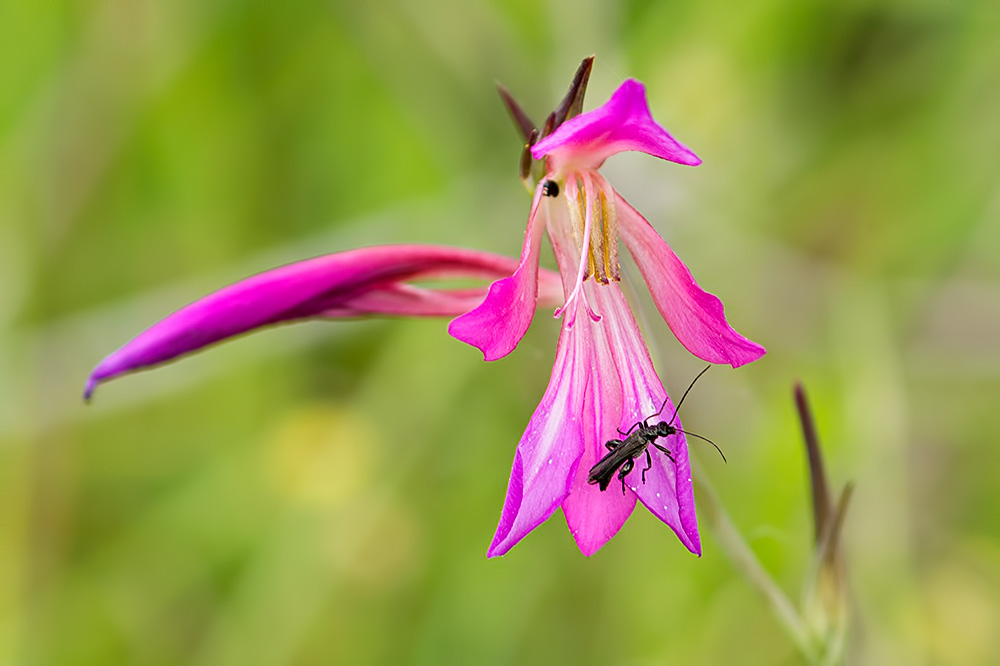
Love-in-the mist
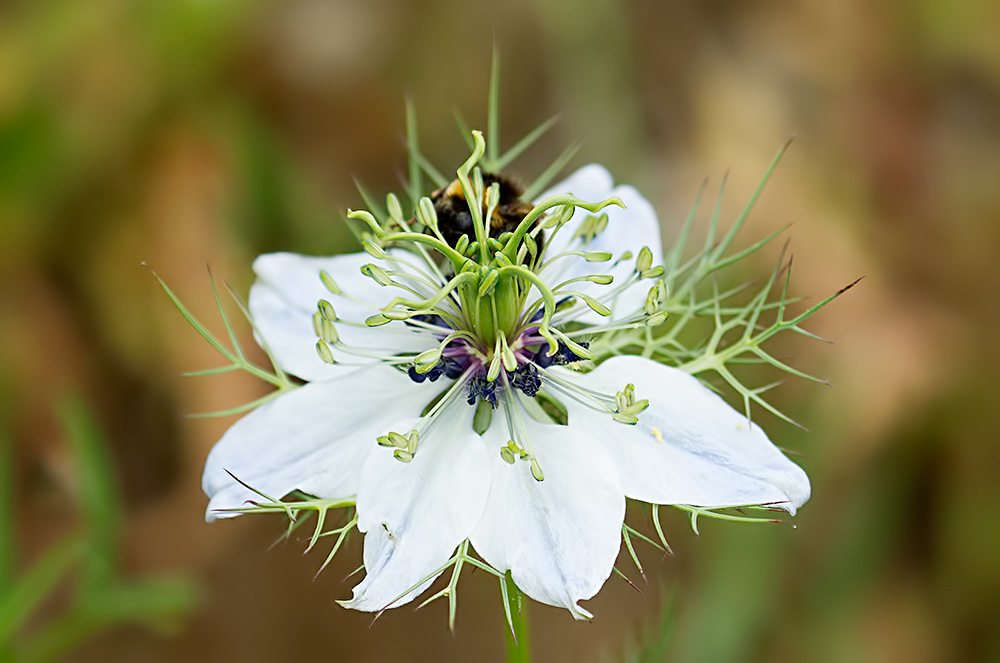
Tassel hyacinth
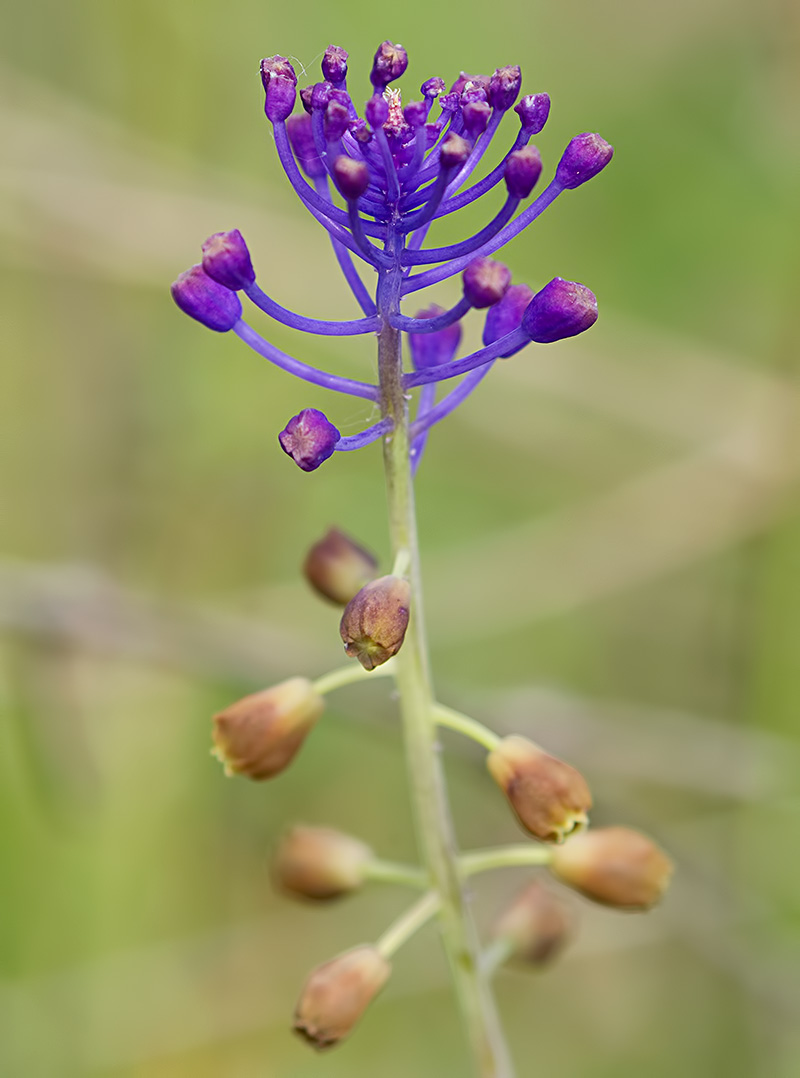
Salsify Scorzonera rosea?
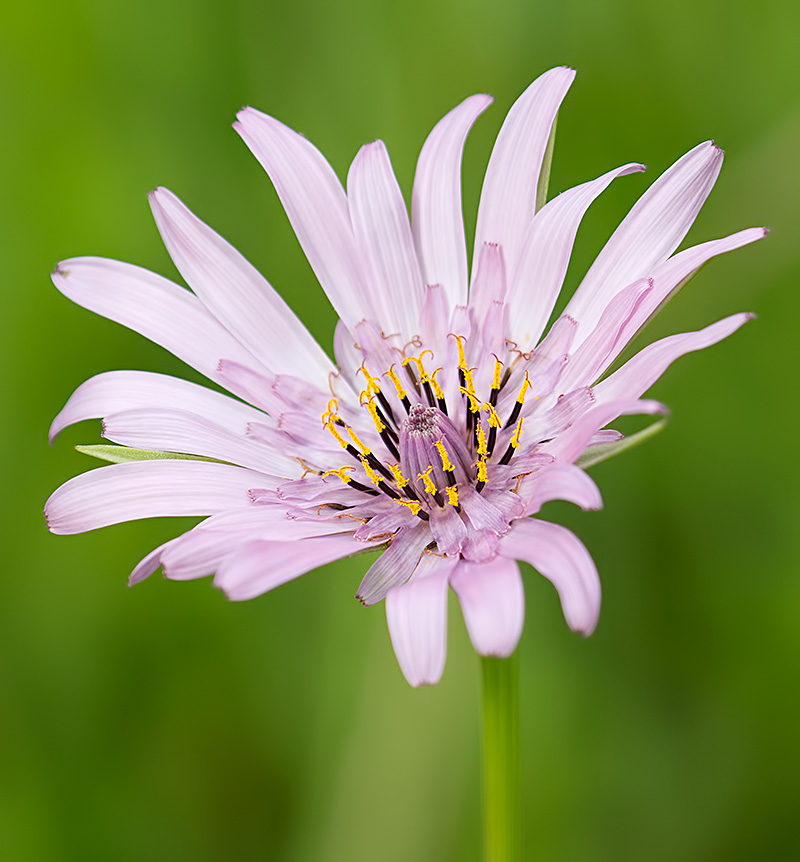
Lots of parasitic broomrapes are flowering, including this common broomrape
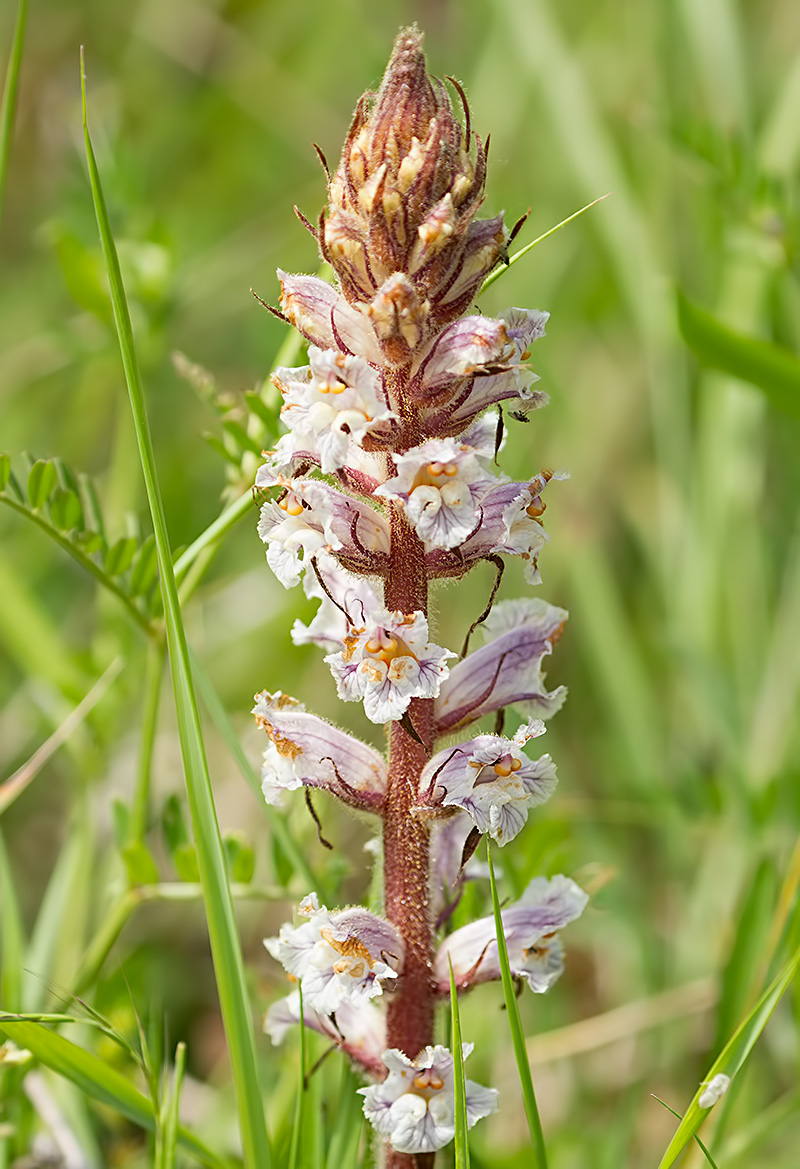
14th. Back to Ham Wall and Shapwick Heath. Birds quite similar to yesterday, though 3 male garganey now present, and 2 whimbrel. I took some more photos of the glossy ibis, including one of the bird eating a pea mussel.
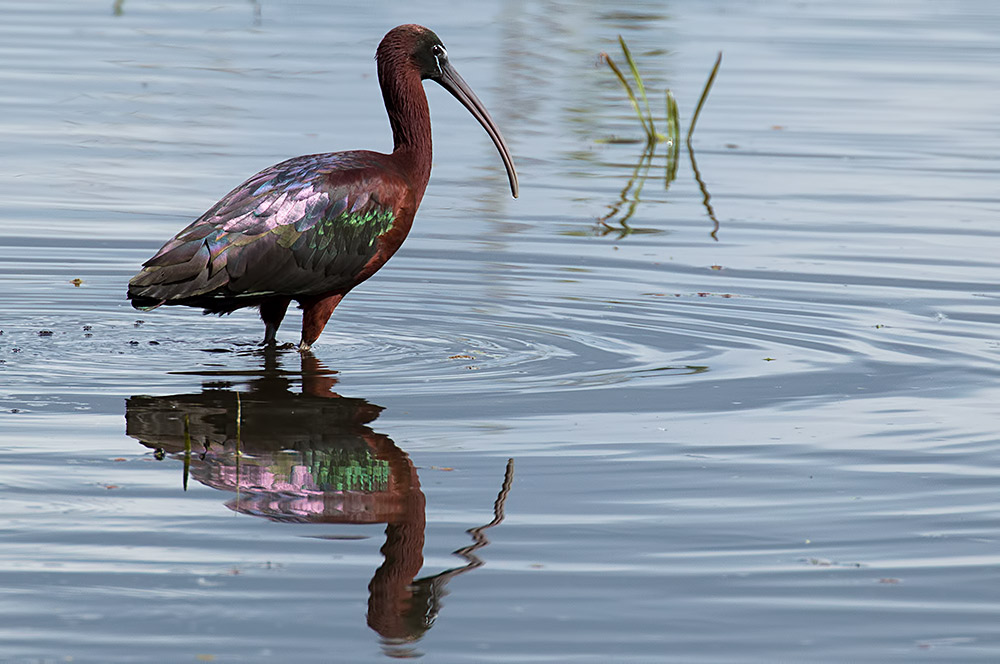
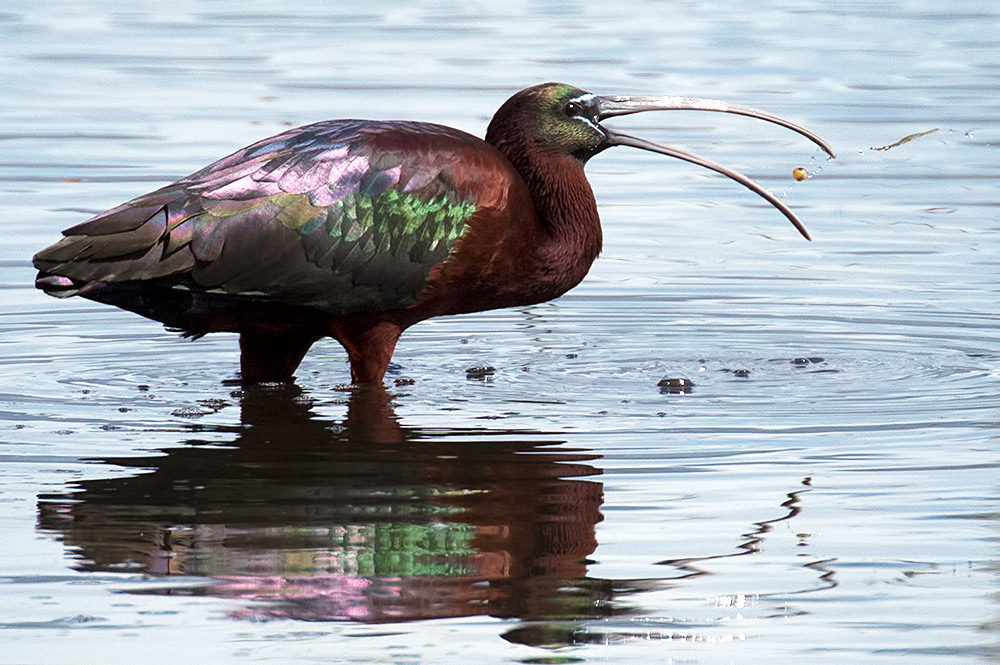
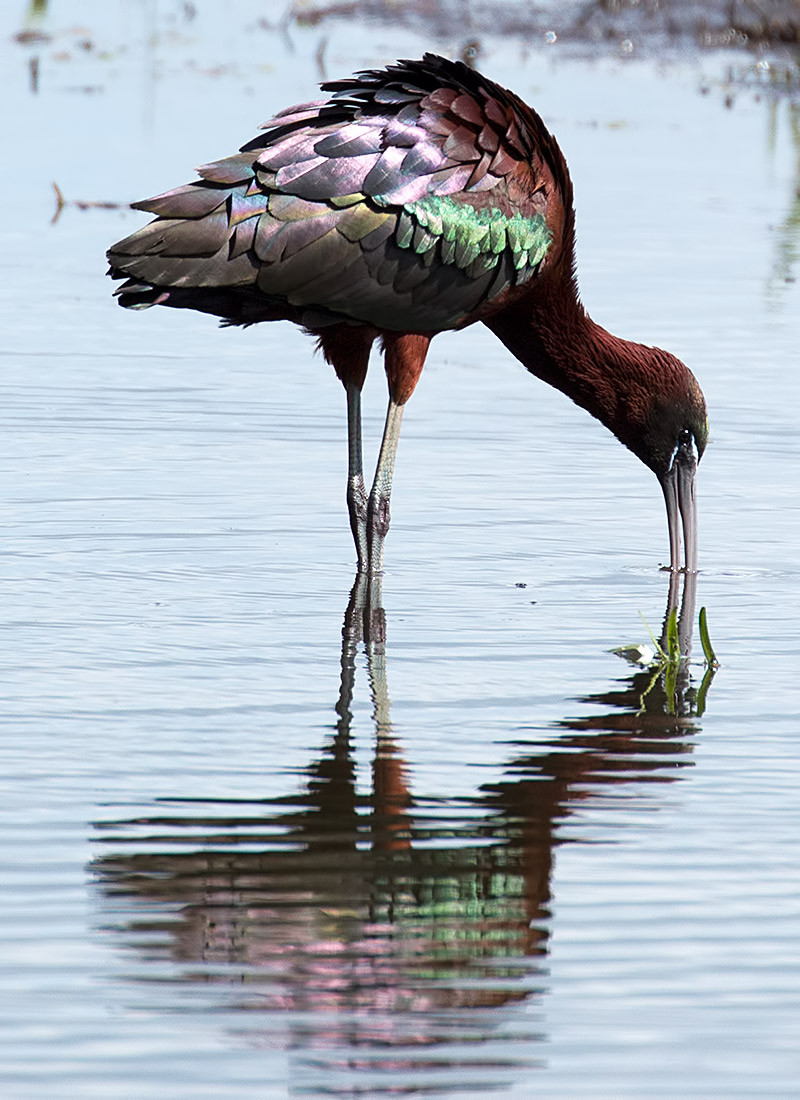
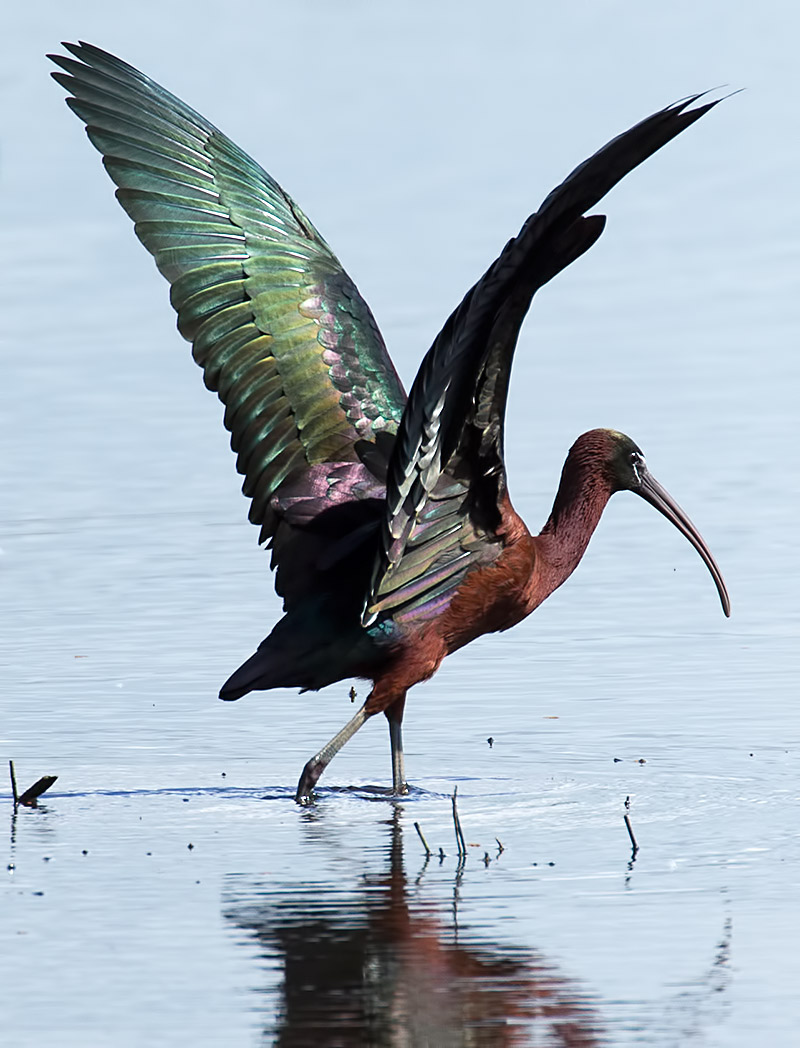
I had about 10 sightings of flying bitterns, and saw 3 cattle egrets. Flight shots of little and great egrets below.
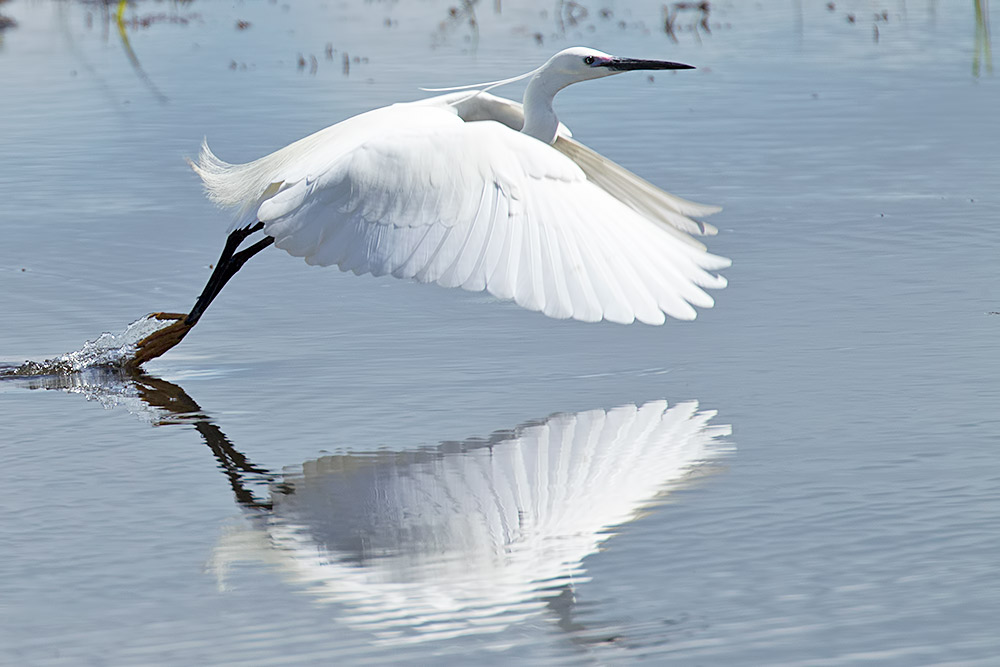
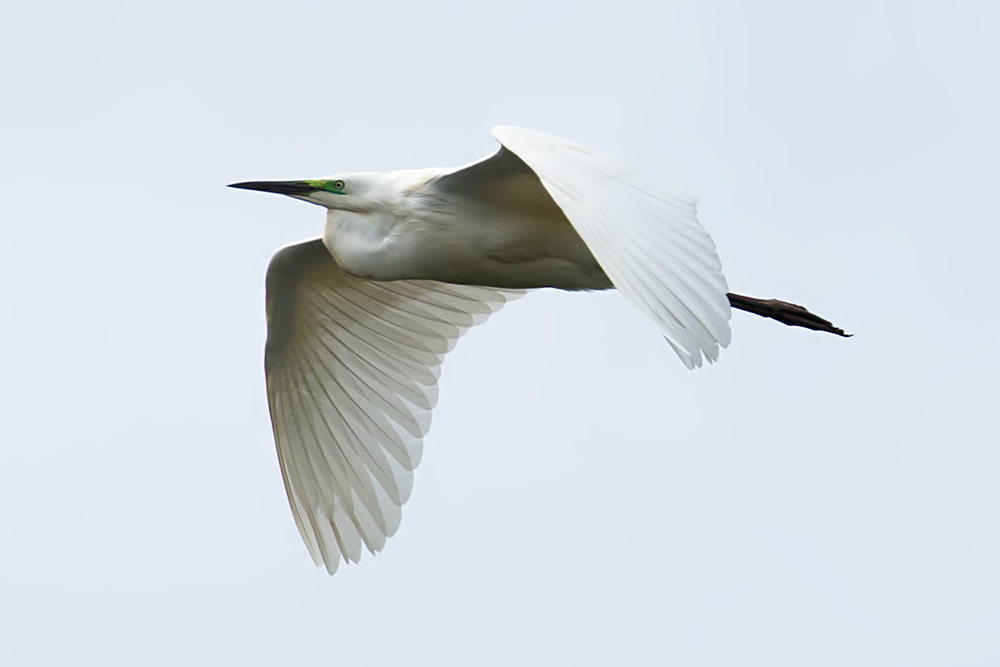
Large numbers of four-spotted chasers were emerging, and I photographed a calling marsh frog. DNA analysis confirms that the green frogs at Shapwick and Ham Wall are Pelophylax perezi, the Southern or Iberian Marsh Frog.
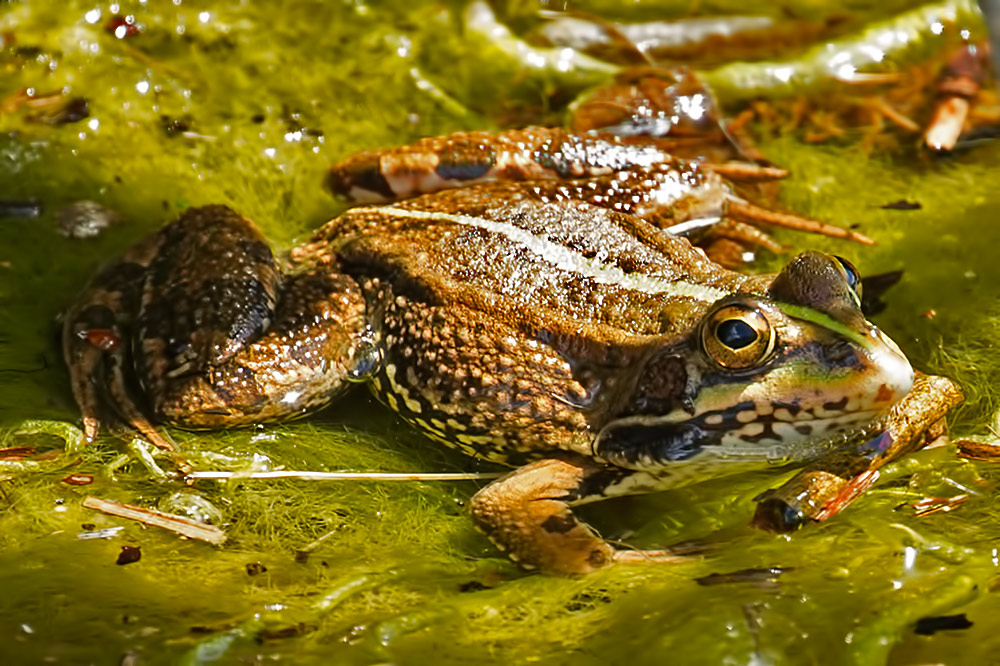
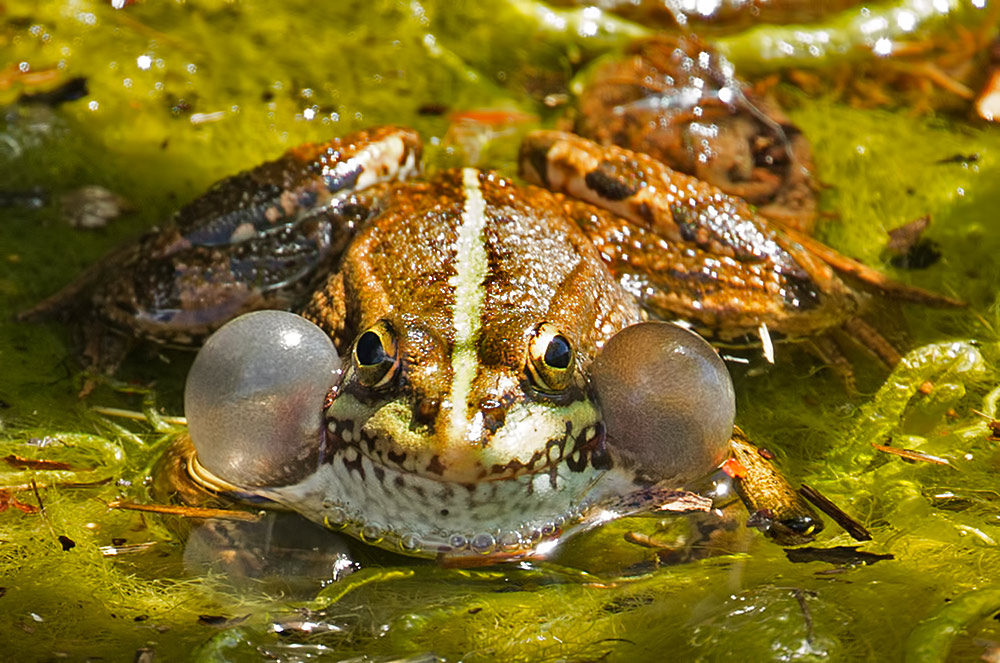
13th. Shapwick Heath and Ham Wall - beautiful demoiselle and red-eyed damselfly, great white egret, bittern, glossy ibis, 2 male garganey, hobbies, cuckoo and whimbrel heard.
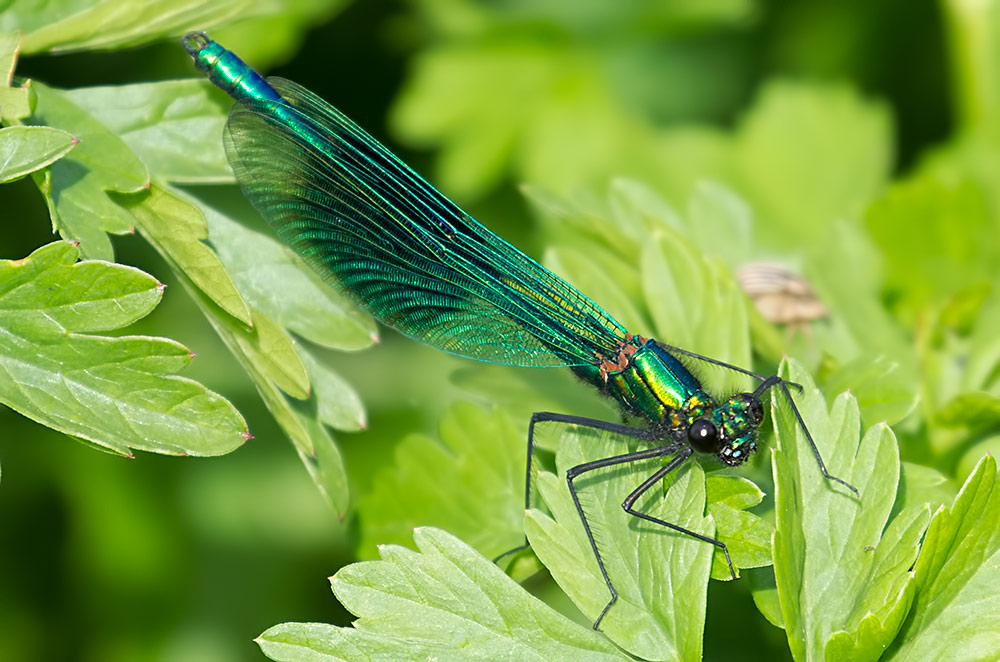
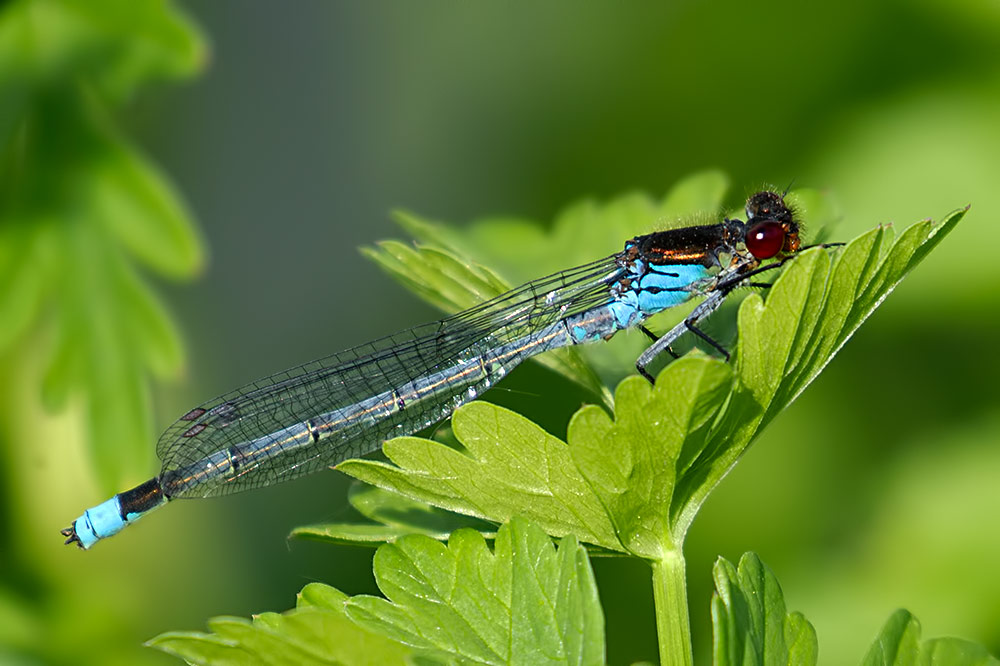
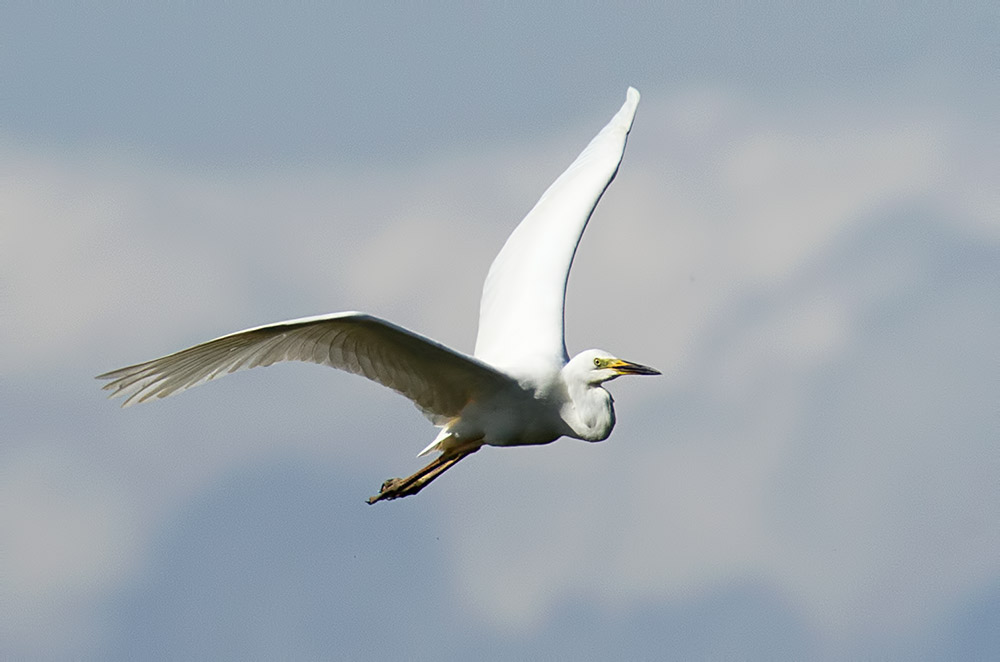

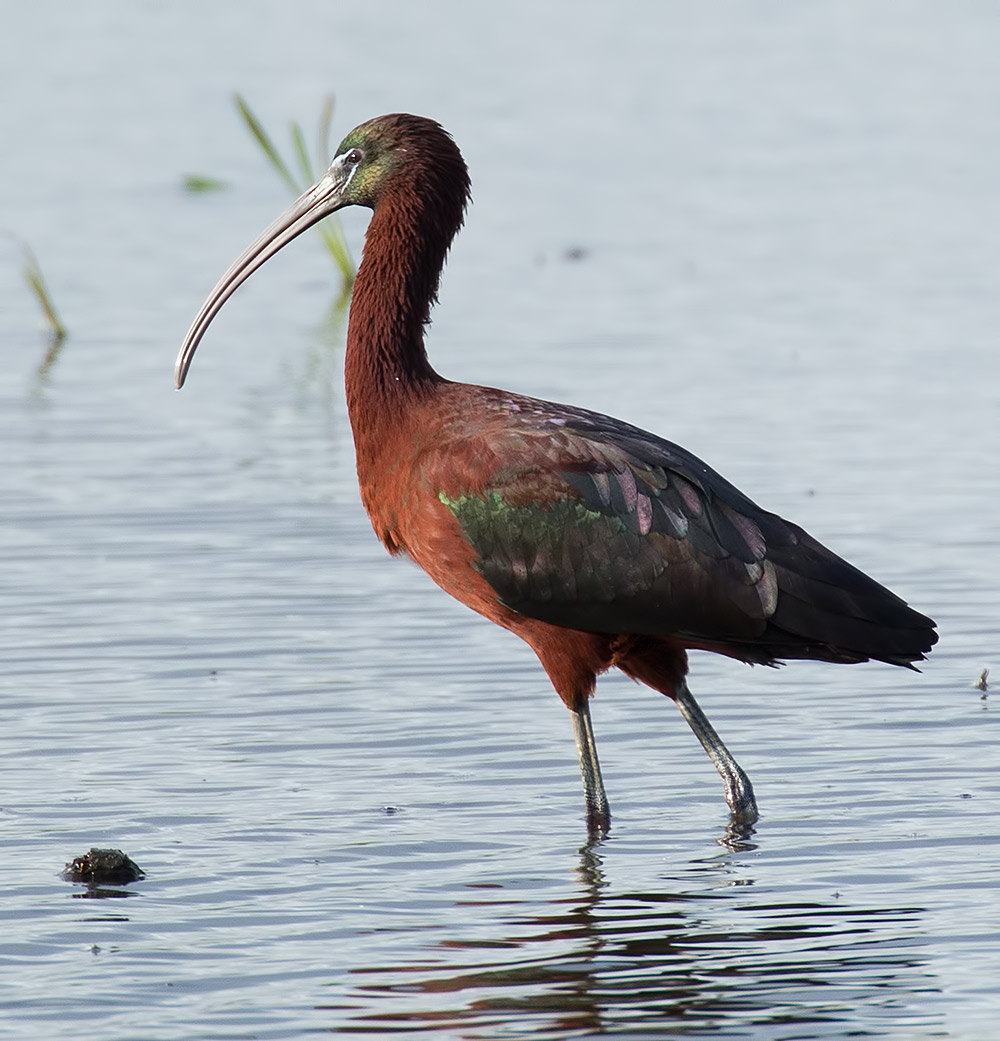
8th. Female black-winged stilt at Pilning Wetlands. Single white and yellow wagtails too. 2 whimbrel at Portbury Wharf, and lots of singing reed warblers. I can now say I unexpectedly also saw a purple heron, though I was advised to keep quiet about it at the time.
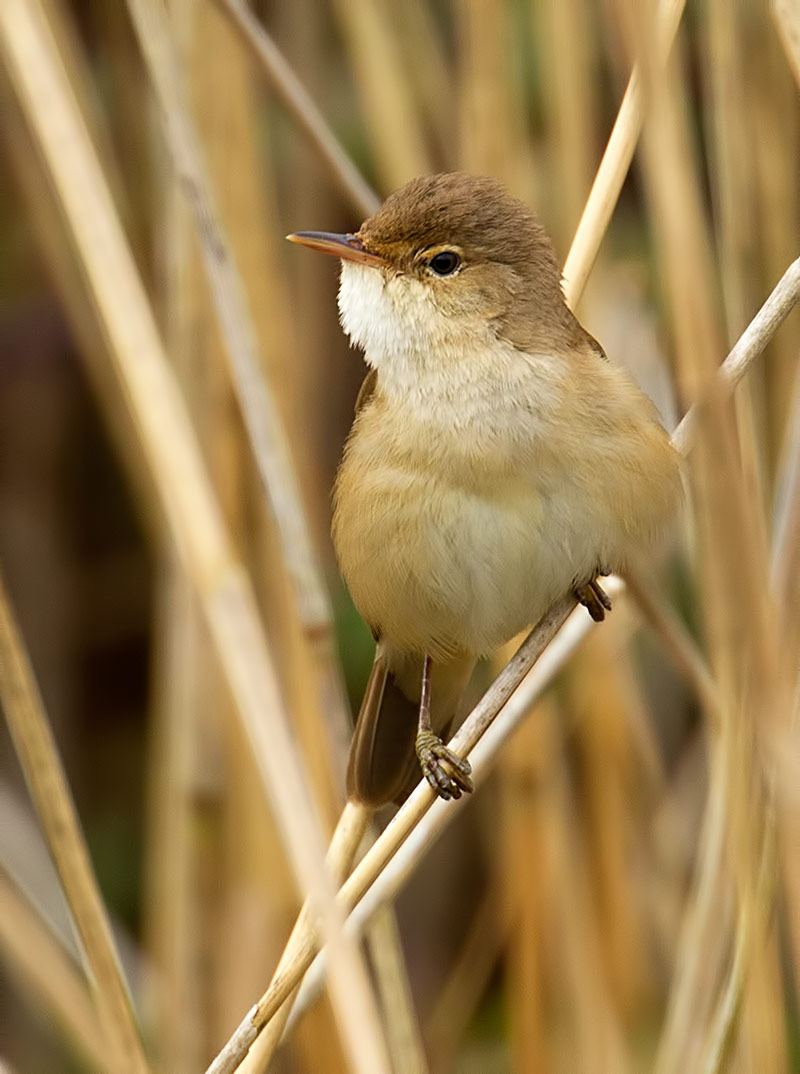
Two black tern and a male yellow wagtail at Barrow Tanks in the evening.
7th. Pilning and Northwick Warth. Wood sandpiper, greenshank, swifts and house martins arriving in numbers, lesser whitethroat and 2 yellow wagtails. A small flock of ringed plover and a summer plumage grey plover from Severn Beach.
I was in Germany between 1-4th, visiting Gerald Kerth in Greifswald, and giving at seminar at Greifswald University. There were redstarts, black redstarts and tree sparrows in the town. A crested lark fed outside a bus stop. The gulls I saw in town appeared to be standard herring gulls. Coypus were along channels in the Tierpark.
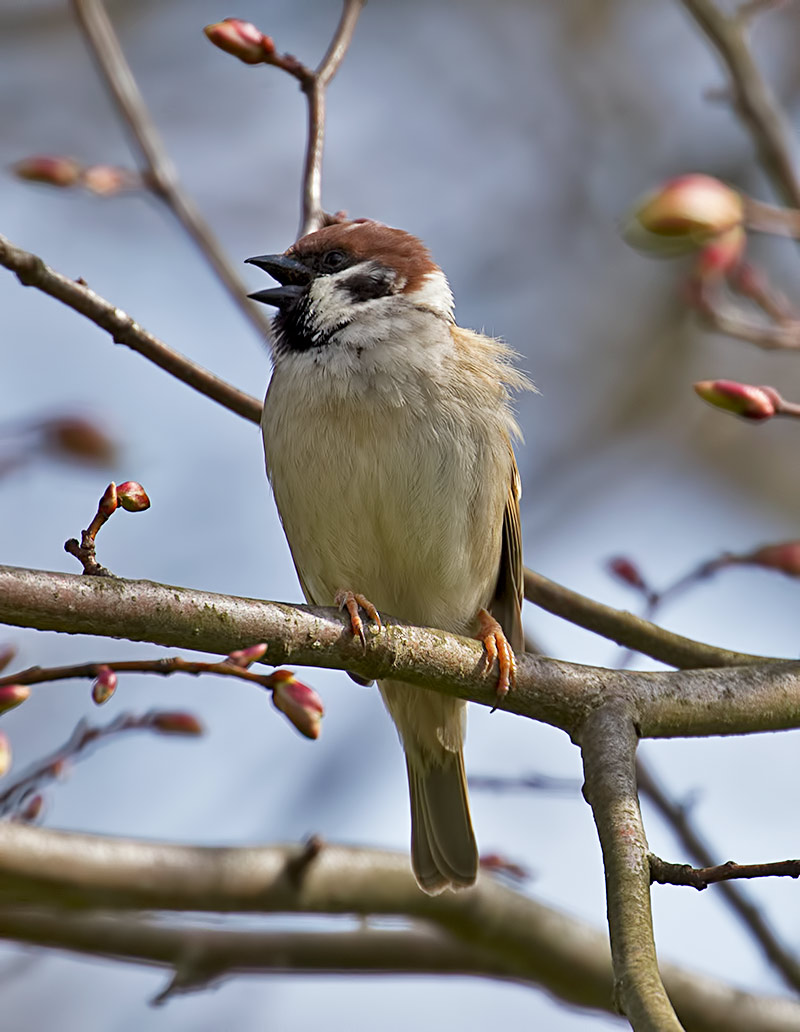
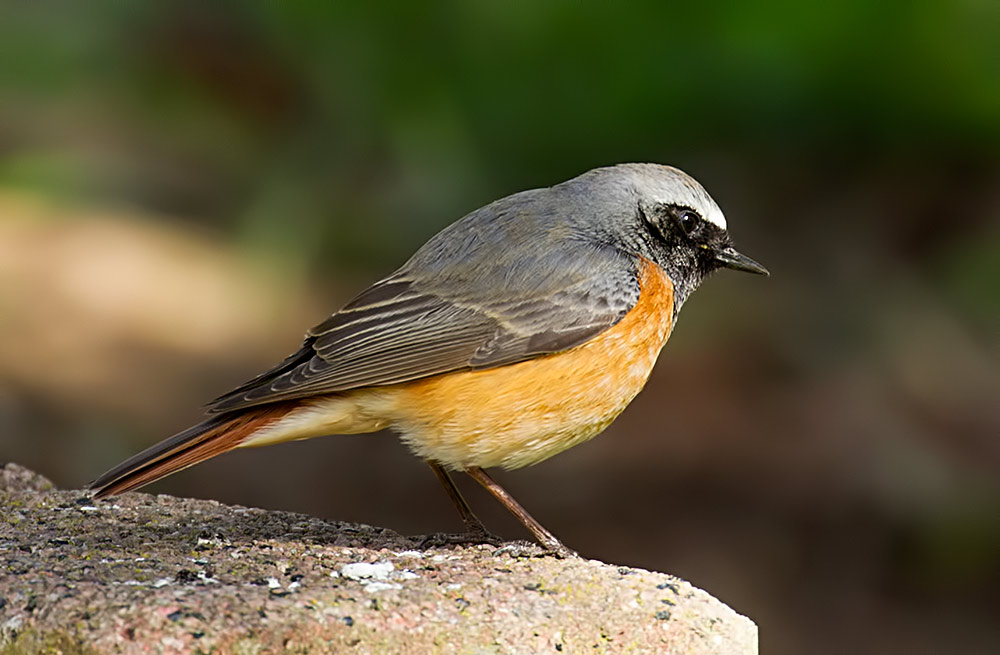
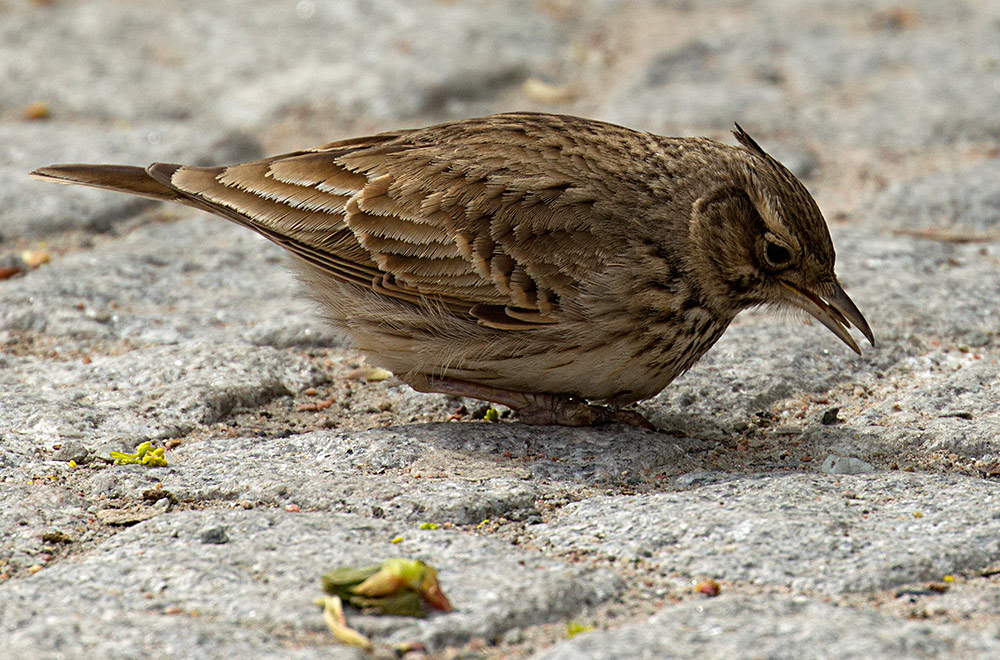
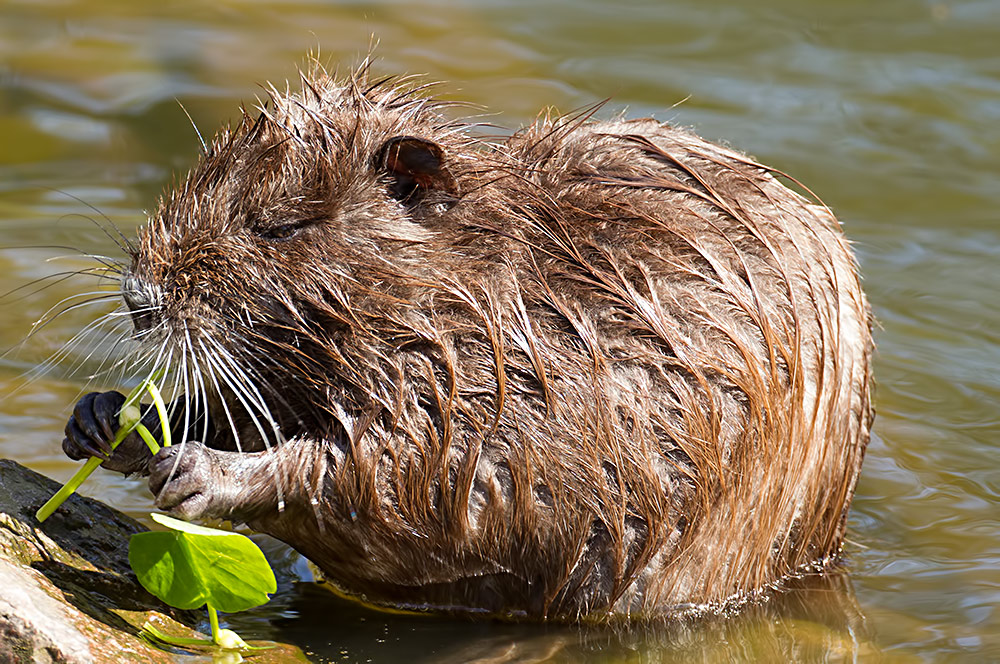
The surrounding landscape is barely urbanised, with vast tracts of arable land, marshland and forest. On the morning on 2nd, I visited the Tierpark, where wild white storks nest alongside captive ones. I concentrated on photographing unringed birds, which were presumably wild.
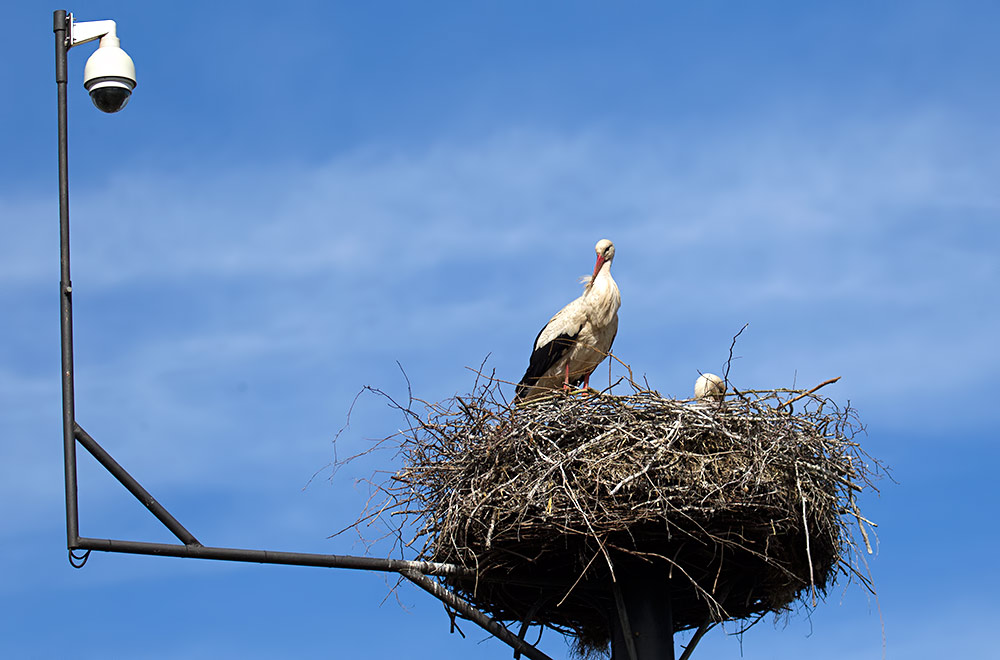
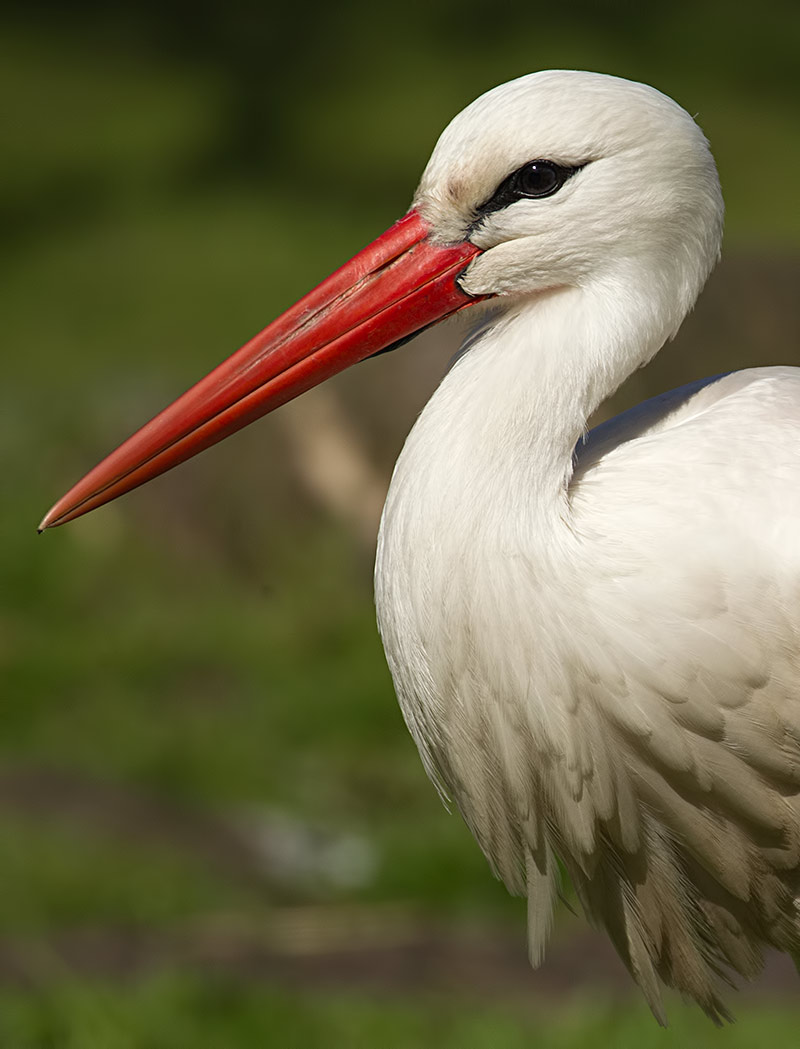
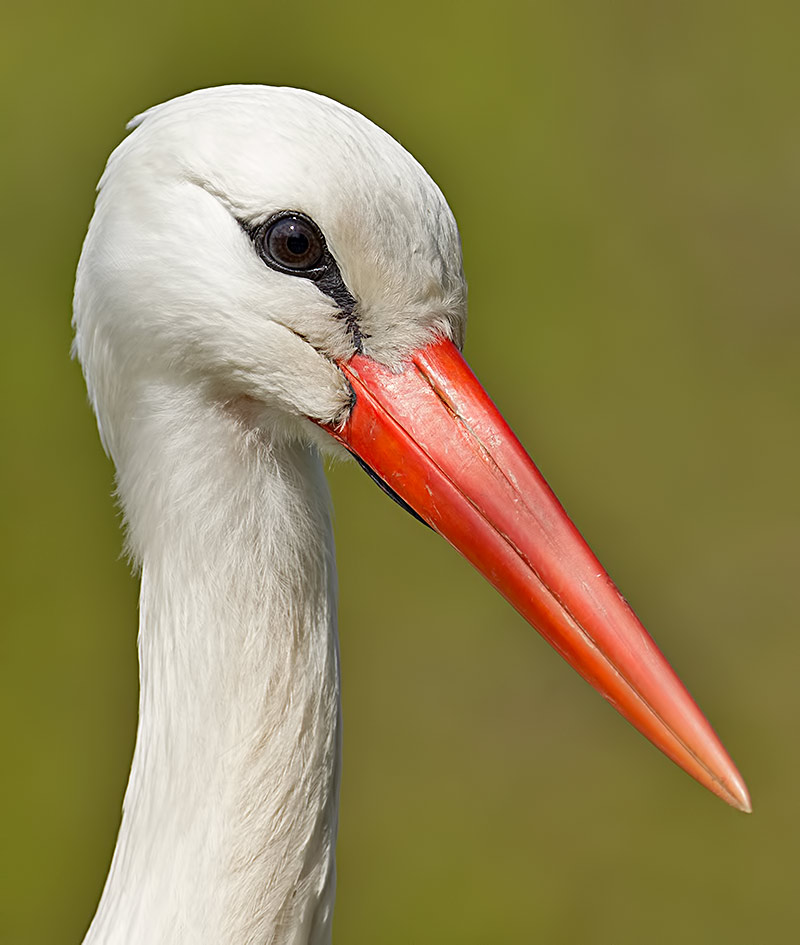
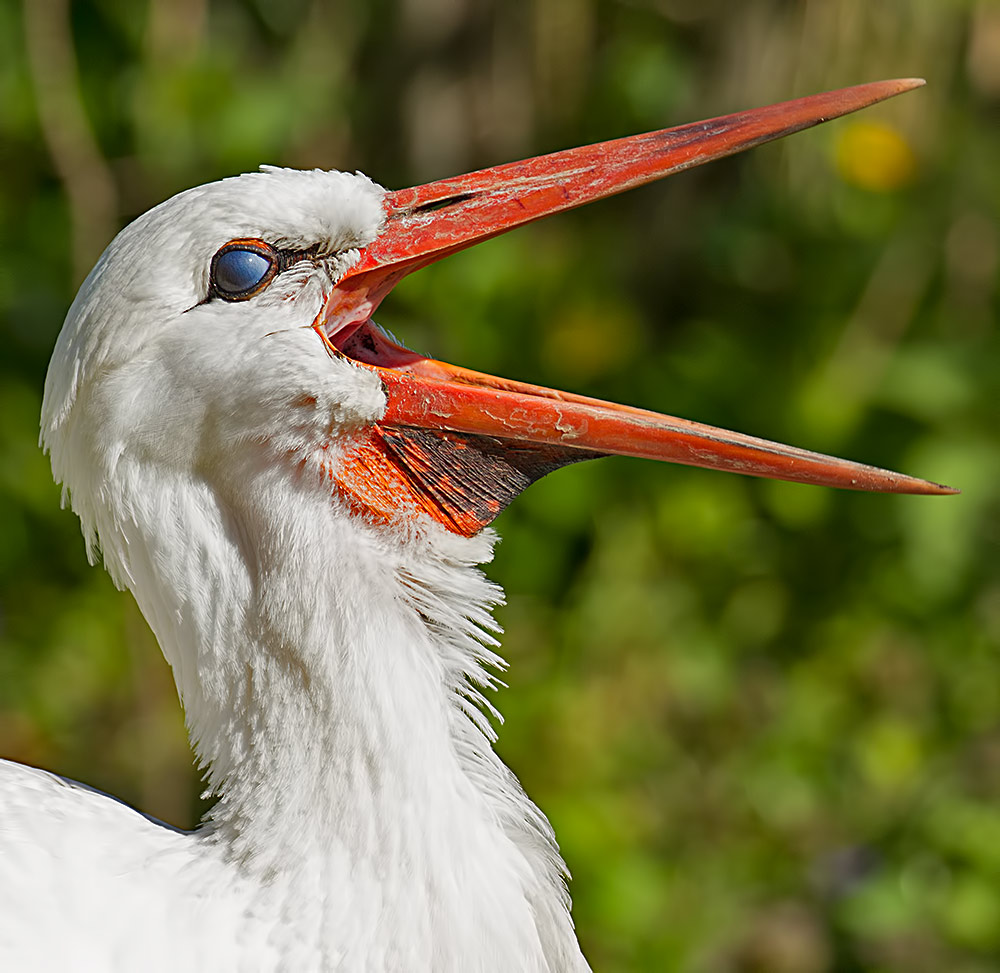
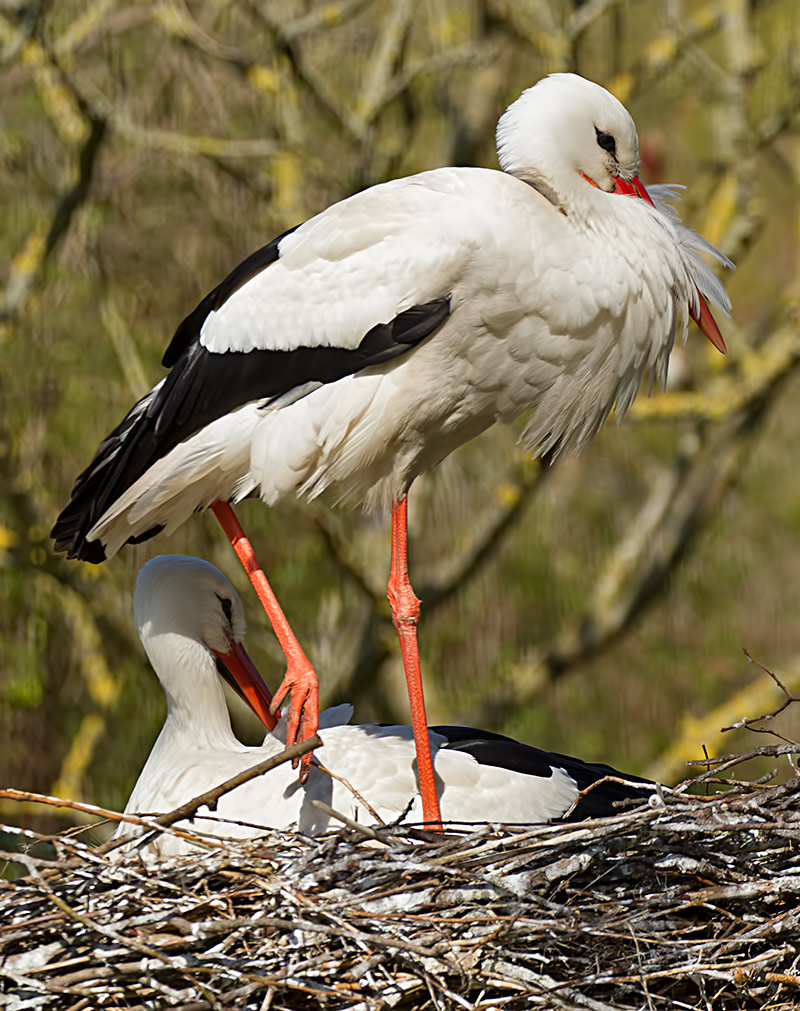
On 3rd Gerald Kerth, Alex Scheuerlein, Sebastien Puechmaille, Michael Schoener and I vised the Polder Menzlin on the River Peena, and saw some great birds: my first white-throated bluethroat (singing male), red-necked grebe, black-necked grebe, common cranes, white storks, a redhead smew, marsh harriers, red kite, willow tit, crested tit, nightingale, lesser whitethroat, and several Savi's and great reed warblers singing.
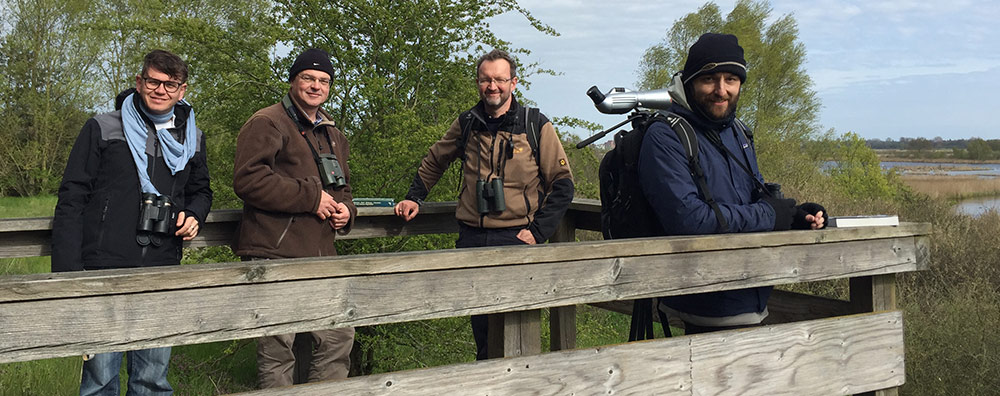
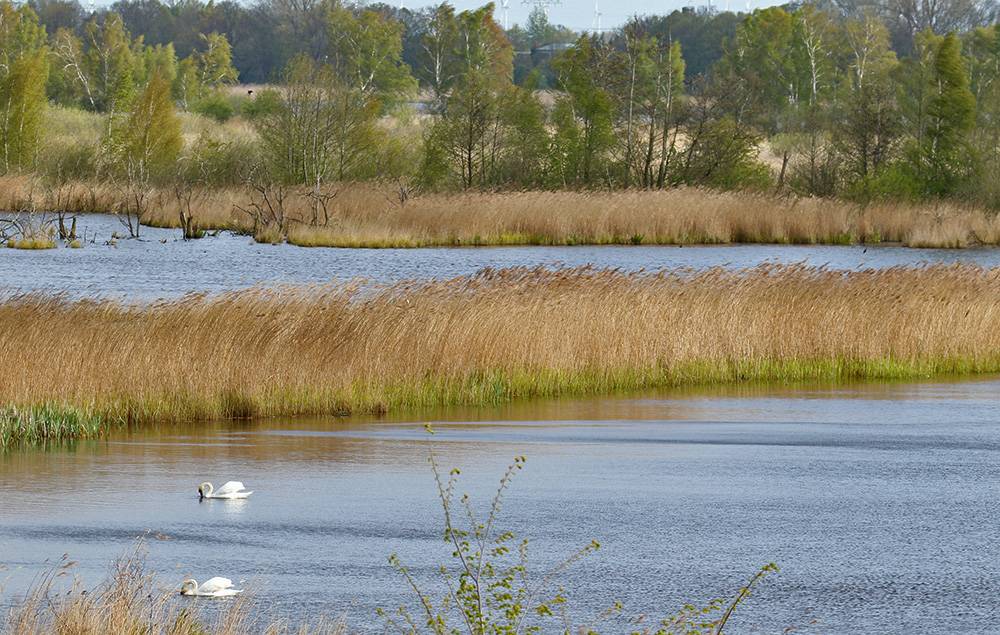
Oilseed rape for biofuel and wind turbines.
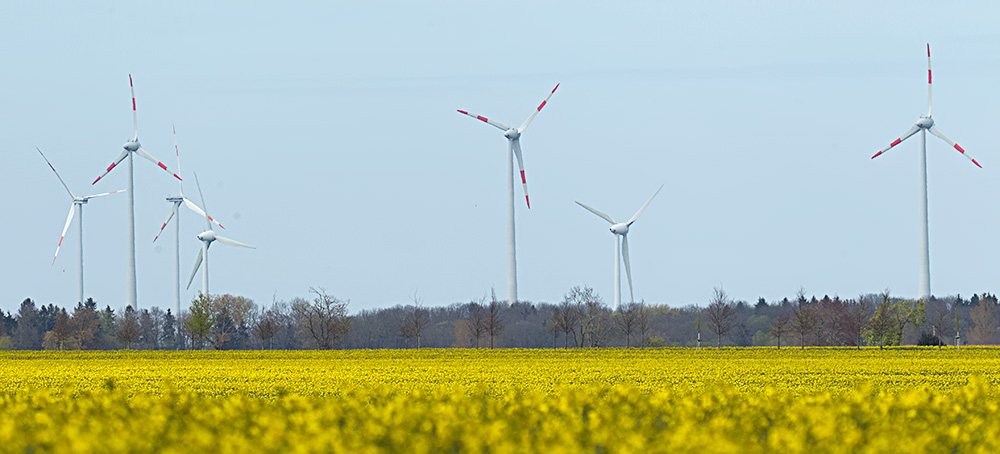
A lame red fox was in the area too, and an oil beetle.
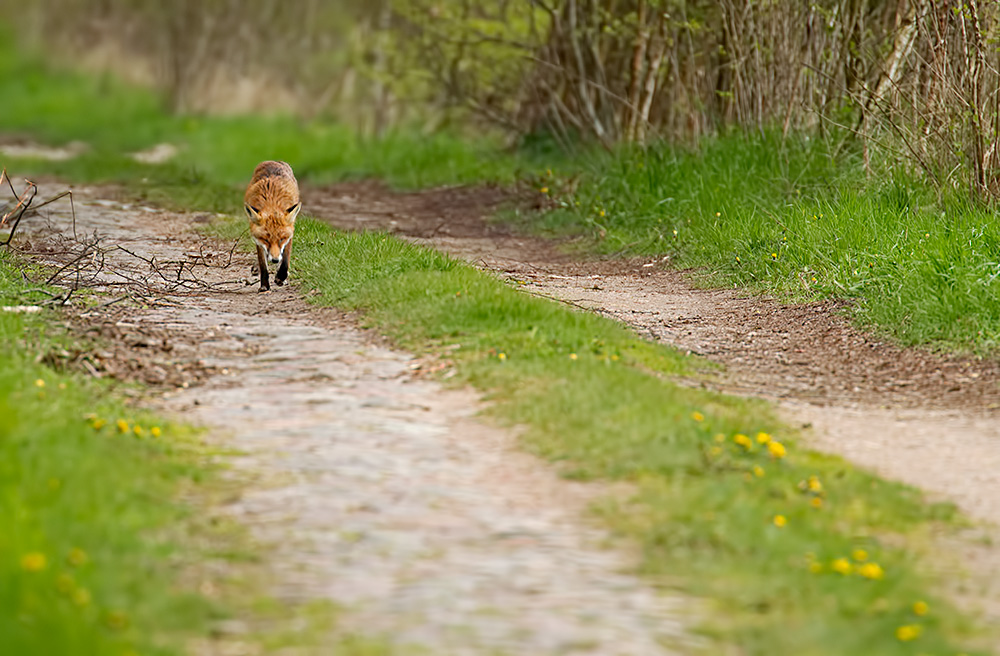
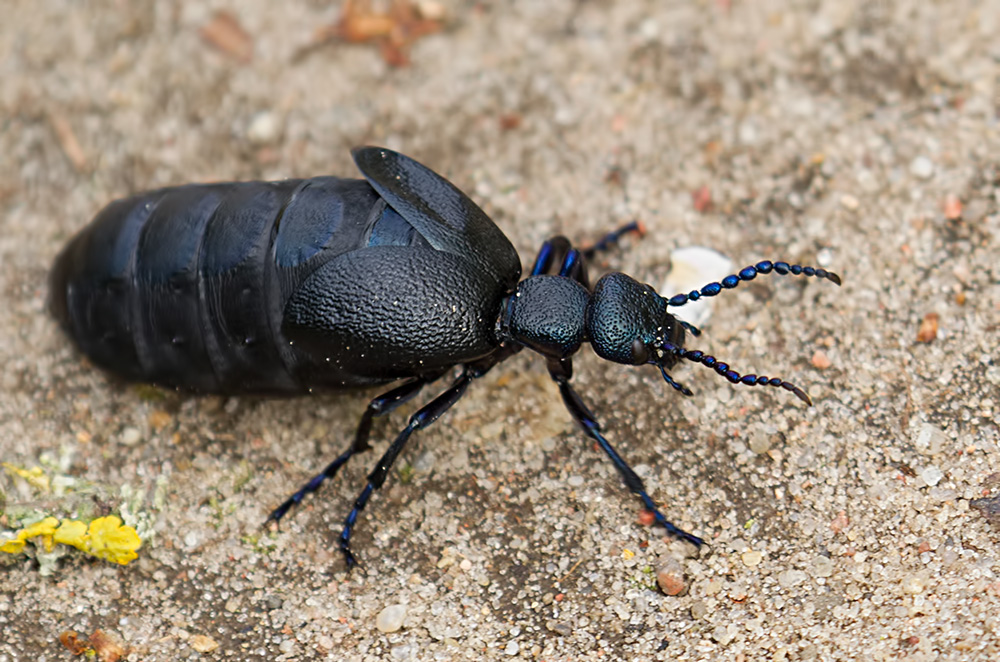
White-tailed eagle
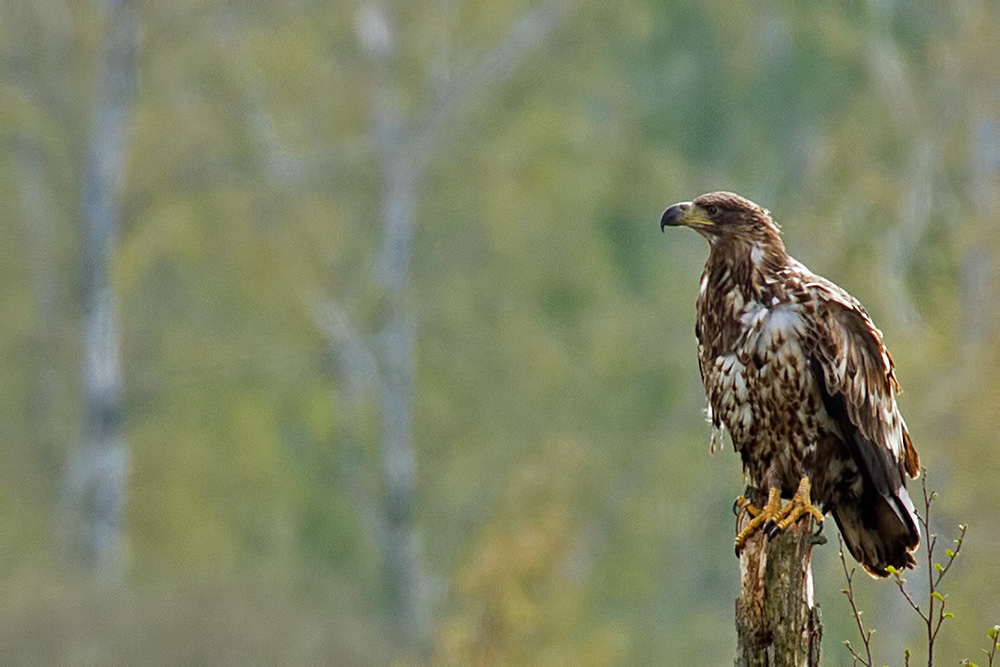
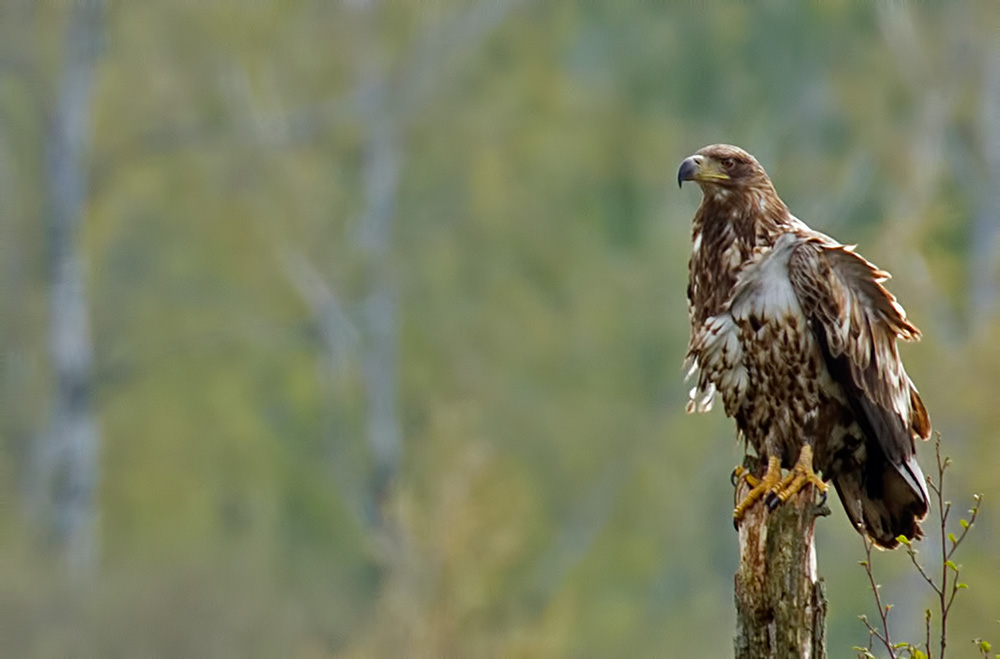
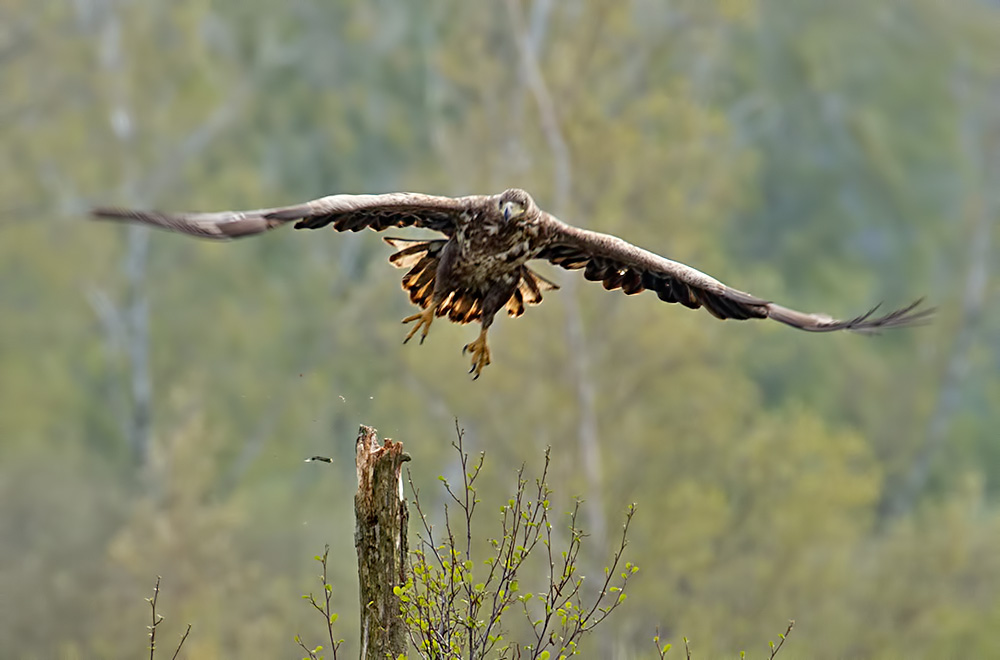
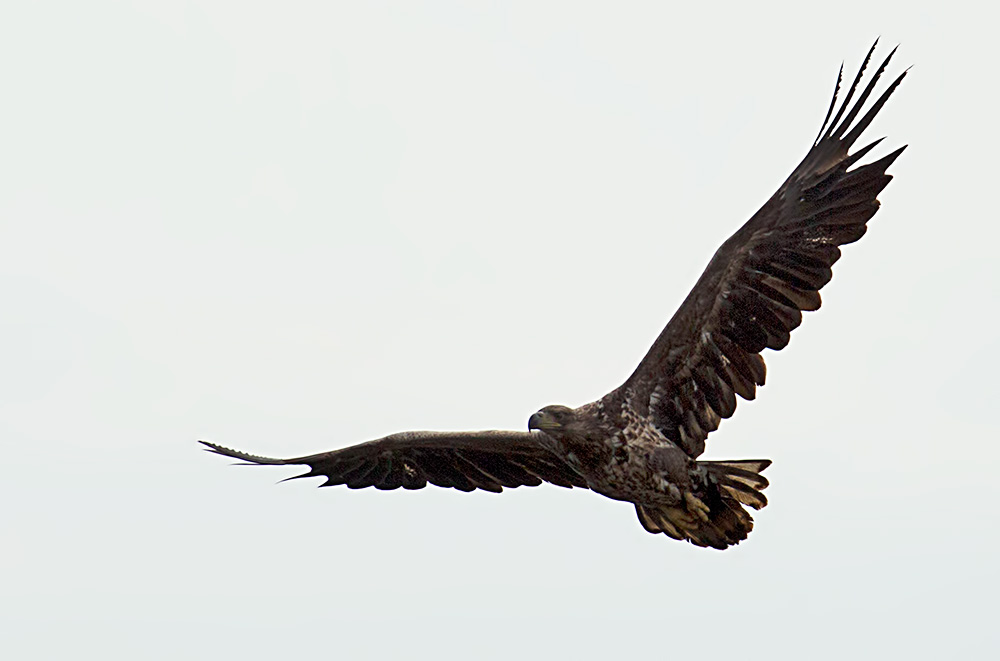
Lesser-spotted eagle
